Transcoding 4K Media on the TVS-h1288X NAS Plex Media Server
Smooth playback of high-end media on a NAS is always something that you cannot really cheap-out on. if you are investing in a new NAS system and are looking for a solution that will last for a good few years alongside your TV/Sound system, then you need to choose wisely. This also applies to choosing a QNAP NAS that will have the horsepower to convert your big, BIG files into something more suitable with your mobile devices, tablets and more – known as transcoding. Transcoding on a NAS such as the TVS-h1288X device is the ability for a multimedia file to be changed from it’s existing format or codec to one that is better suited to the destination device. In this file access, the TVS-h1288X NAS is the host device and the device you want to play the file is the client. This is the case of whether you are using Plex or not. Transcoding is typically required when a media file is more recently released than the client device that is accessing it, so the newer compression or playback format is unknown to the device you want to access it with. Alternatively, you want to access the movie or music on your TVS-h1288X and do not want to use the original file in its full size. Transcoding can enable you to stream a much smaller version in weight or resolution if needed. In a popular program such as PLEX, smooth playback is essential, and with the plex media server application on the TVS-h1288X NAS using a larger percentage of CPU and Memory than most programs, it is very useful to know the plex transcoding abilities of any NAS.
Why should you factor transcoding with a Plex Media Server on a TVS-h1288X NAS
When you install a Plex Media Server on your TVS-h1288X, you should know that plex is not the answer to all of your media players. It has some limitations and depending on the NAS you use, these limits can be annoying. You will most likely have media files in a large collection of different formats and there is no guaranteeing that these are going to be compatible with TVs, iPads and Smartphones that you wish to watch them on. Although you will have a version of the Plex app on the viewing device, that app will still be locked to playback the supported media types on that device.
So if your phone does not support .MKV or .MOV, then neither does the plex app you installed on it. However, this is where transcoding comes in again, as the plex media server will use the NAS system resources to change the file to a version/format that it CAN play. What makes transcoding with Plex different to ordinary transcoding is that often, the NAS (in this case, the TVS-h1288X) will not let the plex use the transcoding engine inside. This is not the end of the world, as it will use raw system power instead. The result is that where a regular transcode outside of plex will use 20-30%, in plex it could go as high as 70-80%. This is why it is important to know how well a plex NAS will transcode, as if it will happen regularly, it could potentially slow down the general use of your TVS-h1288X NAS. In the case of Xeon based NAS devices (such as the QNAP TVS-h1288X), these processors do not feature embedded graphics components (AKA a transcoding engine) and therefore they will require the system to use raw CPU power to get the job done. This is less efficient than a GPU-assisted processor like an Intel Core or AMD Radeon, but it makes up for it with just having more power.
Which Plex supported client devices require transcoding from the TVS-h1288X NAS
Destination devices range greatly and are often referred to as the client device. Common client devices that your TVS-h1288X device will be accessed by are often:
- iPad or Android Tablet
- iPhone or Android Smartphone
- Smart TV or DLNA supported monitor
- MacBook, Laptop or Netbook device
- Sound systems such as Bose, Sonos and Sony DLNA systems
- Home Theatre Systems
- Network and internet-enabled gaming consoles such as PS4, Xbox One and Nvidia Shield
Transcoding between a TVS-h1288X and your media can be of tremendous benefit for those with limited internet bandwidth, download limits or low powered devices whilst using the plex client application.
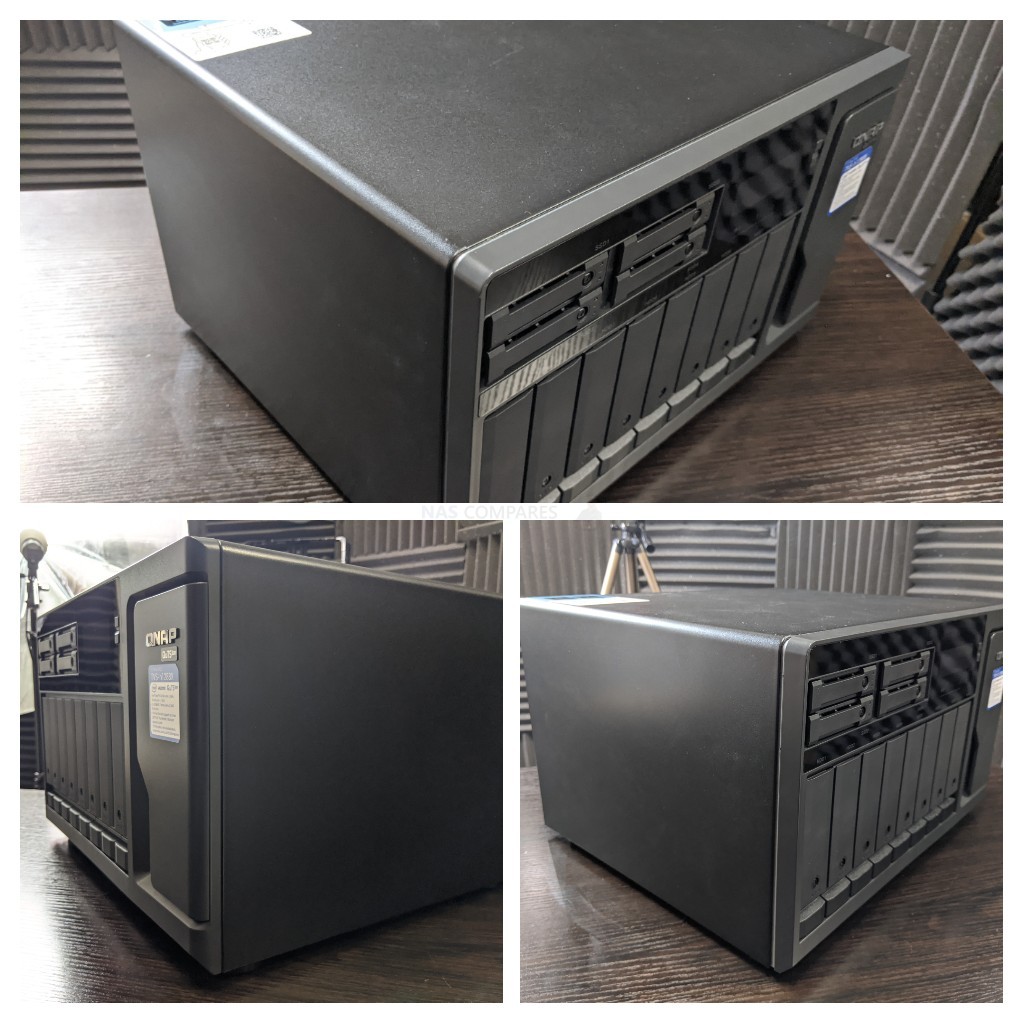
What are the Specifications of the TVS-h1288X NAS?
The specifications for the TVS-h1288X NAS are below and like all NAS devices, the CPU and Memory play a big part in how well it performs at transcoding both in and out of plex. The key factors to consider are if the device features an x86 or ARM-based CPU, does the TVS-h1288X CPU feature a transcoding engine (sadly not) and how much RAM the device arrives with for multiple transcoding tasks (8GB by default, going up to 32GB). Below are the TVS-h1288X specs:
The QNAP TVS-h1288X 4-Bay NAS – £1900+
SPECS – CPU TRANSCODING ENGINE: YES 1080P Support: YES 4K Support: YES Transcoding Support: YES, HARDWARE
If you are thinking of buying a QNAP NAS, please use the links below
|
|||||||||||
What is the difference between H.264 and H.265 4K Media on a NAS
H.264 and H.265 are common codecs of modern digital media. H264 is also referred to as AVC by experts (Advanced Video Coding) and is considered the standard for video file compression. This allows for media originally created for large-scale entertainment to be recording, compressed, and distributed to the home and smaller-scale production of digital video content watched by you, the consumer via Plex. H265 is the newer and more consumer-friendly alternative to H264. It is also known as HEVC (High-Efficiency Video Coding) and was developed in order to resolve issues of enormous 4K media files being just too large for your client device to playback. H.265 has become so popular and data saving that chances are that the YouTube clip, iTunes media or iPlayer content you watched was in .265 and HEVC. One issue of H.265, however, does have it’s own drawbacks, with many NAS devices being unable to playback the media by default for licencing reasons, CPU incompatibility or the graphics driver that Plex uses in the system not being suitable. Typically a modern NAS such as the TVS-h1288X will playback with JUST H.265 or H.254, or it will Playback both H.264 and H.265. The latter pretty much being exclusive to x86 or AMD based NAS CPU devices.
The TVS-h1288X NAS Plex Tests – Idle/Standby
To get a better idea of what is considered ‘normal running’ in plex, we installed plex media server, along with a handful of video files that covered SD, 720p, 1080p and 4K, each at either H.264, H.265 (HEVC), UHD, 10bit or a combination of some/all of them. Here is how the NAS looked when in standby/idle (I have circled the important things to look at:
QNAP TVS-h1288X NAS PLEX TEST – 720P 3Mpbs H264
QNAP TVS-h1288X NAS PLEX TEST – 720P 3Mpbs H264 CONVERT to 1.5Mbps 480p
QNAP TVS-h1288X NAS PLEX TEST – 720P 3Mpbs H264 CONVERT to 0.3Mbps 240p
QNAP TVS-h1288X NAS PLEX TEST – 720P 3Mpbs H264 CONVERT to 0.2Mbps 160p
QNAP TVS-h1288X NAS PLEX TEST – 1080P 1.5Mpbs H264
QNAP TVS-h1288X NAS PLEX TEST – 1080P 1.5Mpbs H264 CONVERT to 1.5Mbps 480p
QNAP TVS-h1288X NAS PLEX TEST – 1080P 1.5Mpbs H264 CONVERT to 0.2Mbps 160p
QNAP TVS-h1288X NAS PLEX TEST – 1080P 3Mpbs H264
QNAP TVS-h1288X NAS PLEX TEST – 1080P 3Mpbs H264 CONVERT to 0.2Mbps 160p
QNAP TVS-h1288X NAS PLEX TEST – 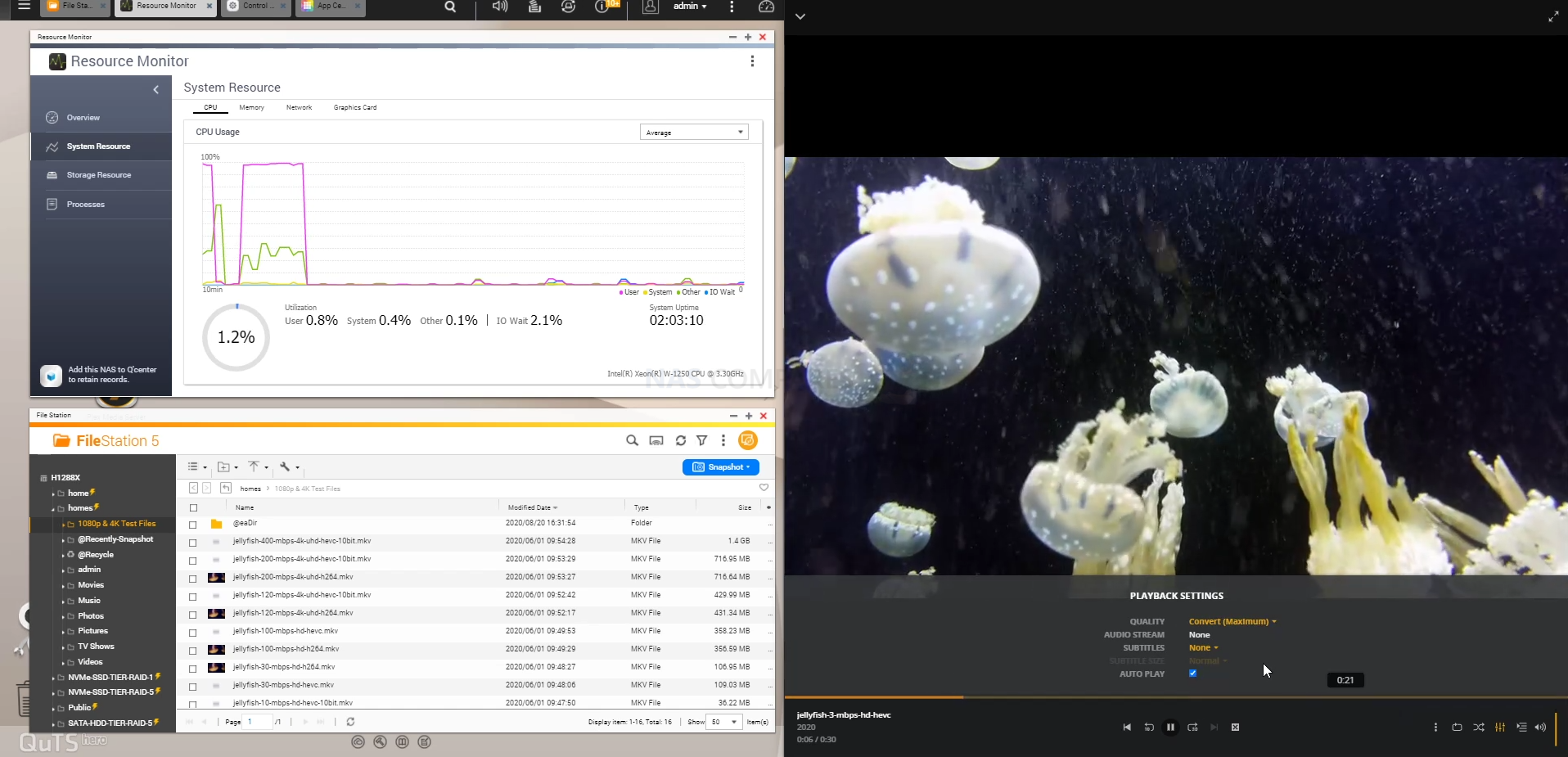
QNAP TVS-h1288X NAS PLEX TEST – 1080P 3Mpbs H265 CONVERT to 4Mbps 720p
QNAP TVS-h1288X NAS PLEX TEST – 1080P 3Mpbs H265 10bit
QNAP TVS-h1288X NAS PLEX TEST – 1080P 3Mpbs H265 10bit CONVERT to 1.5Mbps 480p
QNAP TVS-h1288X NAS PLEX TEST – 1080P 100Mpbs H264
QNAP TVS-h1288X NAS PLEX TEST – 1080P 10Mpbs H265 10bit
QNAP TVS-h1288X NAS PLEX TEST – 1080P 10Mpbs H265 10bit CONVERT to 2Mbps 720p
QNAP TVS-h1288X NAS PLEX TEST – 1080P 30Mpbs H265
QNAP TVS-h1288X NAS PLEX TEST – 1080P 30Mpbs H265 CONVERT 0.3Mbps 240p
QNAP TVS-h1288X NAS PLEX TEST – 1080P 100Mpbs H265
QNAP TVS-h1288X NAS PLEX TEST – 1080P 100Mpbs H265 CONVERT 1.5Mbps 480p
QNAP TVS-h1288X NAS PLEX TEST – 4K UHD 120Mpbs H265 10bit
QNAP TVS-h1288X NAS PLEX TEST – 4K UHD 120Mpbs H265 10bit CONVERT 0.2Mbps 160p
QNAP TVS-h1288X NAS PLEX TEST – 4K UHD 200Mpbs H265 10bit
QNAP TVS-h1288X NAS PLEX TEST – 4K UHD 200Mpbs H265 10bit CONVERT 0.3Mbps 240p
QNAP TVS-h1288X NAS PLEX TEST – 4K UHD 400Mpbs H265 10bit
QNAP TVS-h1288X NAS PLEX TEST – 4K UHD 400Mpbs H265 10bit CONVERT 10Mbps 1080P
QNAP TVS-h1288X NAS PLEX TEST – 4K UHD 400Mpbs H265 10bit CONVERT 2Mbps 720P
QNAP TVS-h1288X NAS PLEX TEST – 4K UHD 400Mpbs H265 10bit CONVERT 0.2Mbps 160P
QNAP TVS-h1288X NAS PLEX TEST – TWO 400Mbps 4K UHD HEVC 10BIT MKV
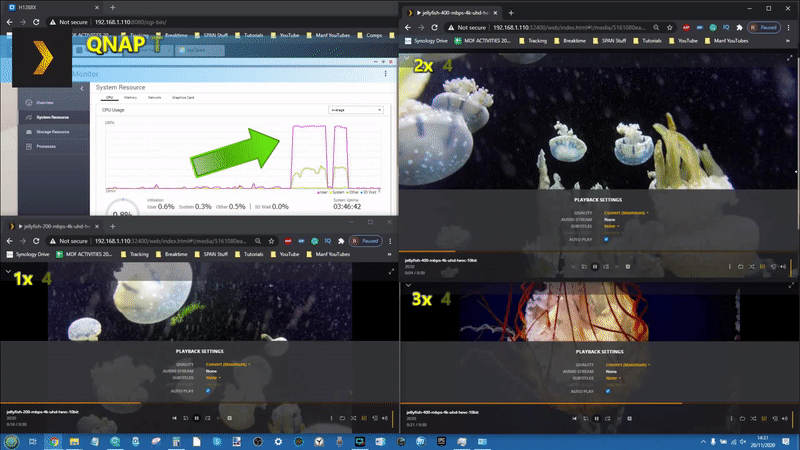
I hope these Plex Media Server 4K results were of use to you and this helps you consider which NAS you wish to you buy in 2020, whether it is the TVS-h1288X or something more or less suited to your needs.
Read the QNAP TVS-h1288X NAS Drive Review Below (click)
🔒 Join Inner Circle
Get an alert every time something gets added to this specific article!
This description contains links to Amazon. These links will take you to some of the products mentioned in today's content. As an Amazon Associate, I earn from qualifying purchases. Visit the NASCompares Deal Finder to find the best place to buy this device in your region, based on Service, Support and Reputation - Just Search for your NAS Drive in the Box Below
Need Advice on Data Storage from an Expert?
Finally, for free advice about your setup, just leave a message in the comments below here at NASCompares.com and we will get back to you. Need Help?
Where possible (and where appropriate) please provide as much information about your requirements, as then I can arrange the best answer and solution to your needs. Do not worry about your e-mail address being required, it will NOT be used in a mailing list and will NOT be used in any way other than to respond to your enquiry.
Need Help?
Where possible (and where appropriate) please provide as much information about your requirements, as then I can arrange the best answer and solution to your needs. Do not worry about your e-mail address being required, it will NOT be used in a mailing list and will NOT be used in any way other than to respond to your enquiry.

|
 |
Best NAS for under $499
Best NAS for Under $250 (2025)
Minisforum N5 Pro NAS - FIRST IMPRESSIONS
HexOS Q2 Update - What's Changed?
5 Exciting NAS Coming Later in 2025
Beelink ME Mini vs GMKtec G9 vs CWWK P6 NAS Comparison
Access content via Patreon or KO-FI







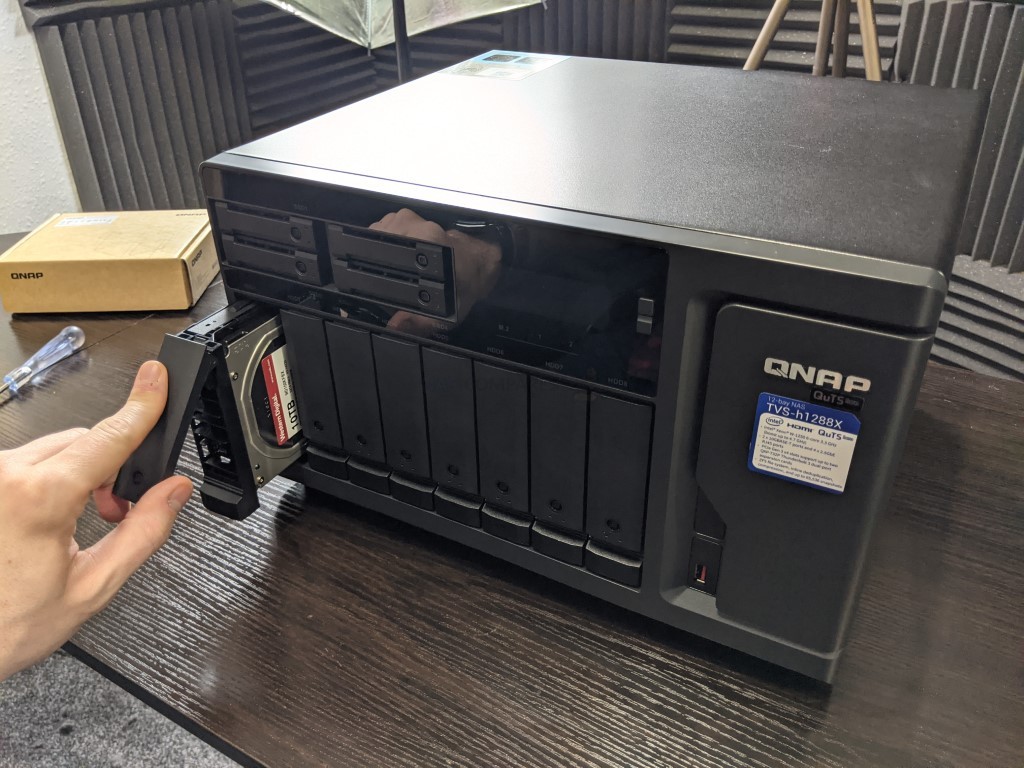
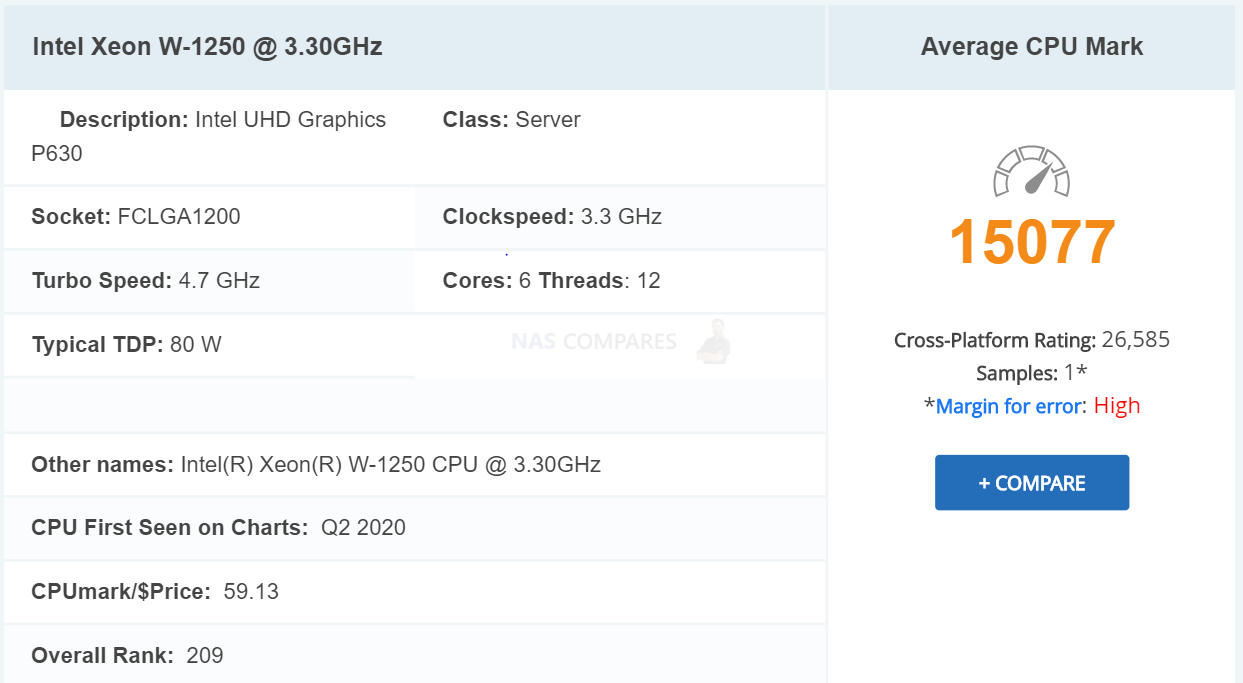
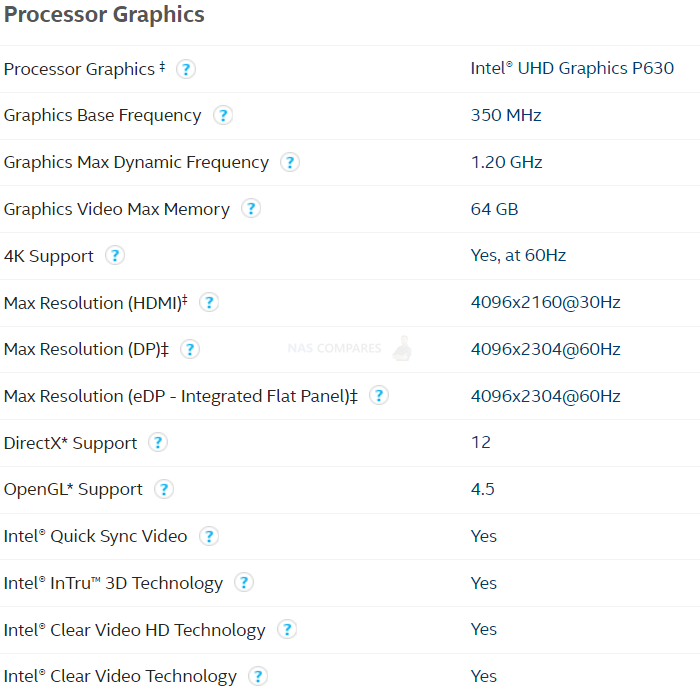

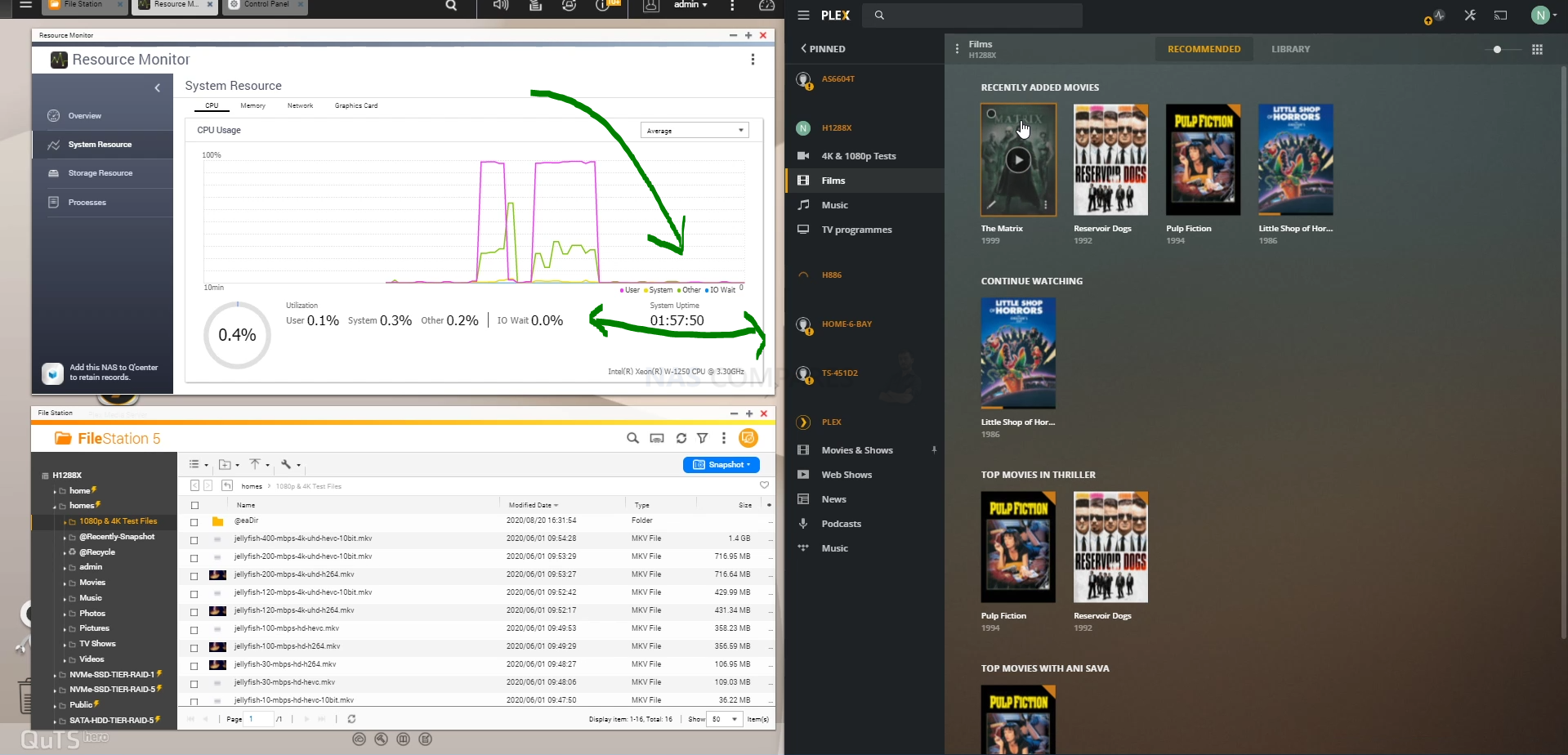




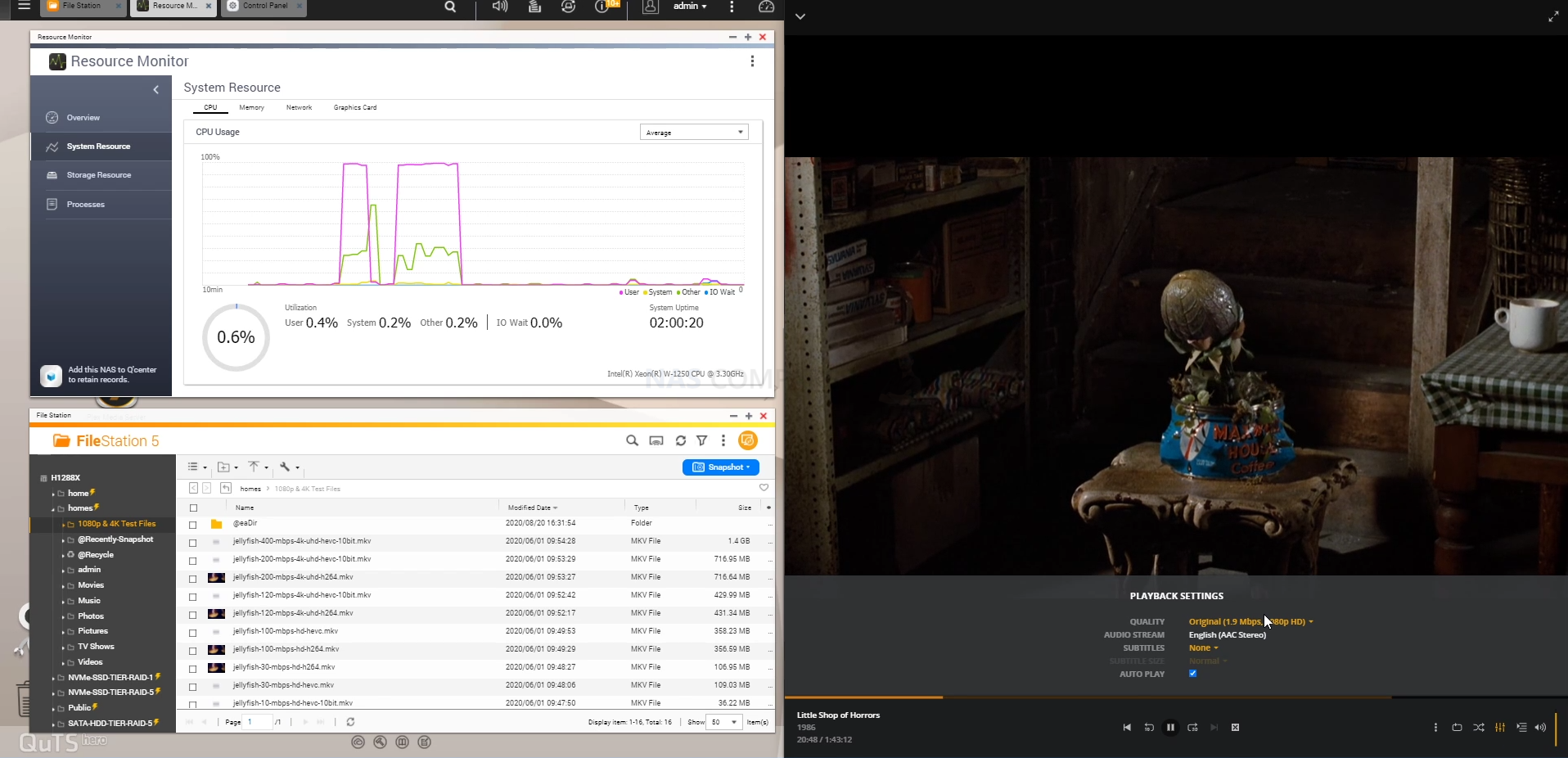
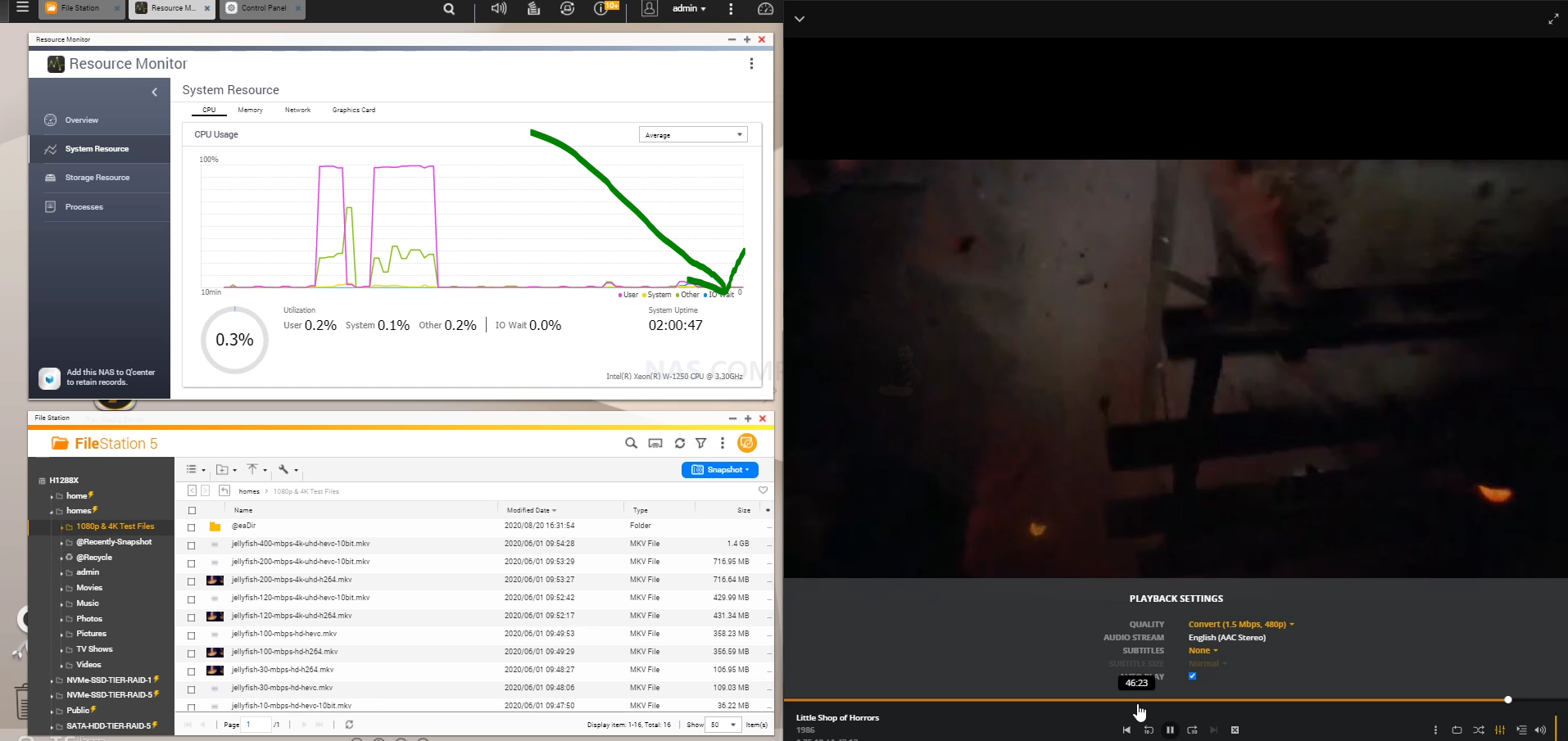
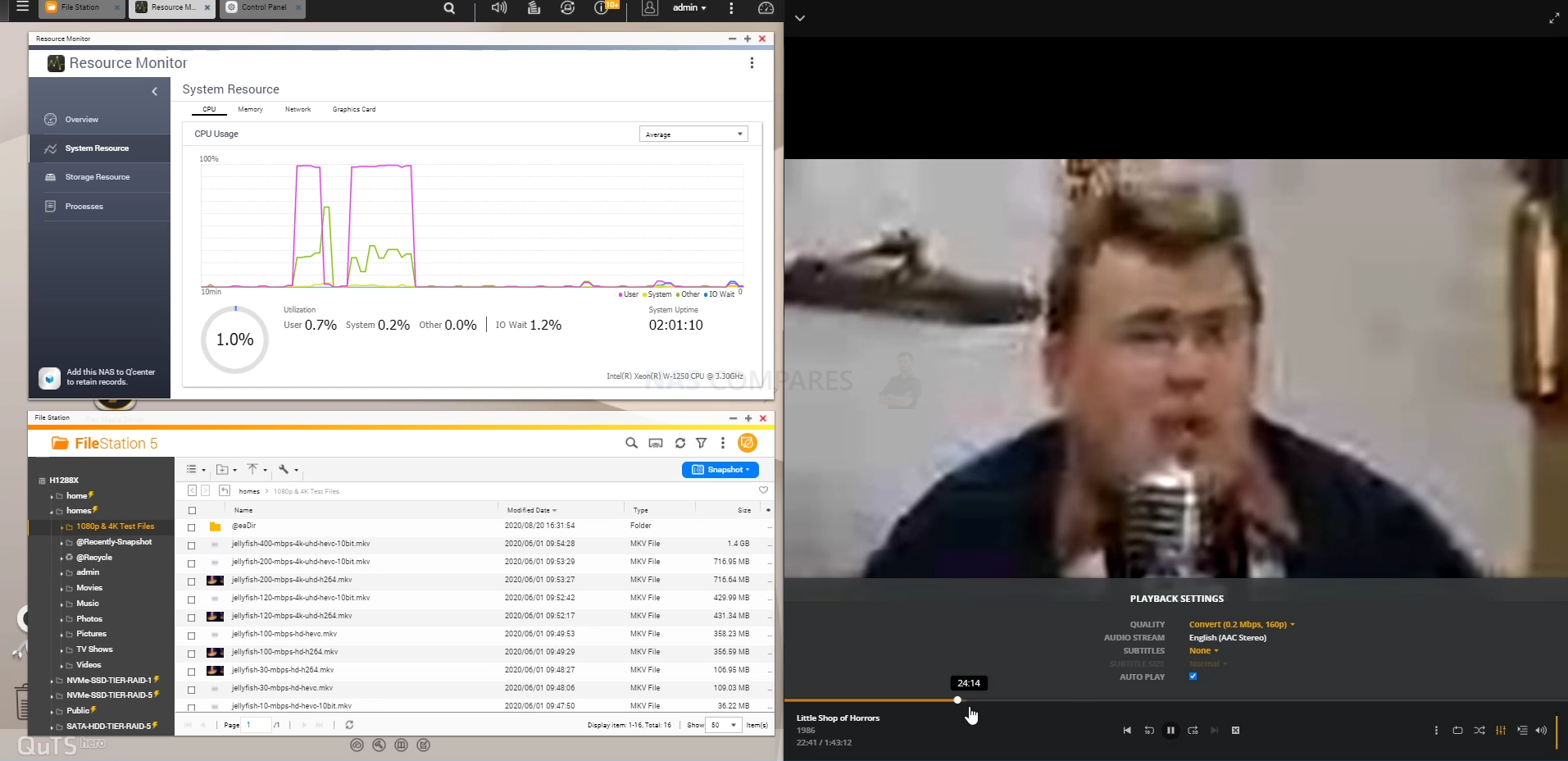
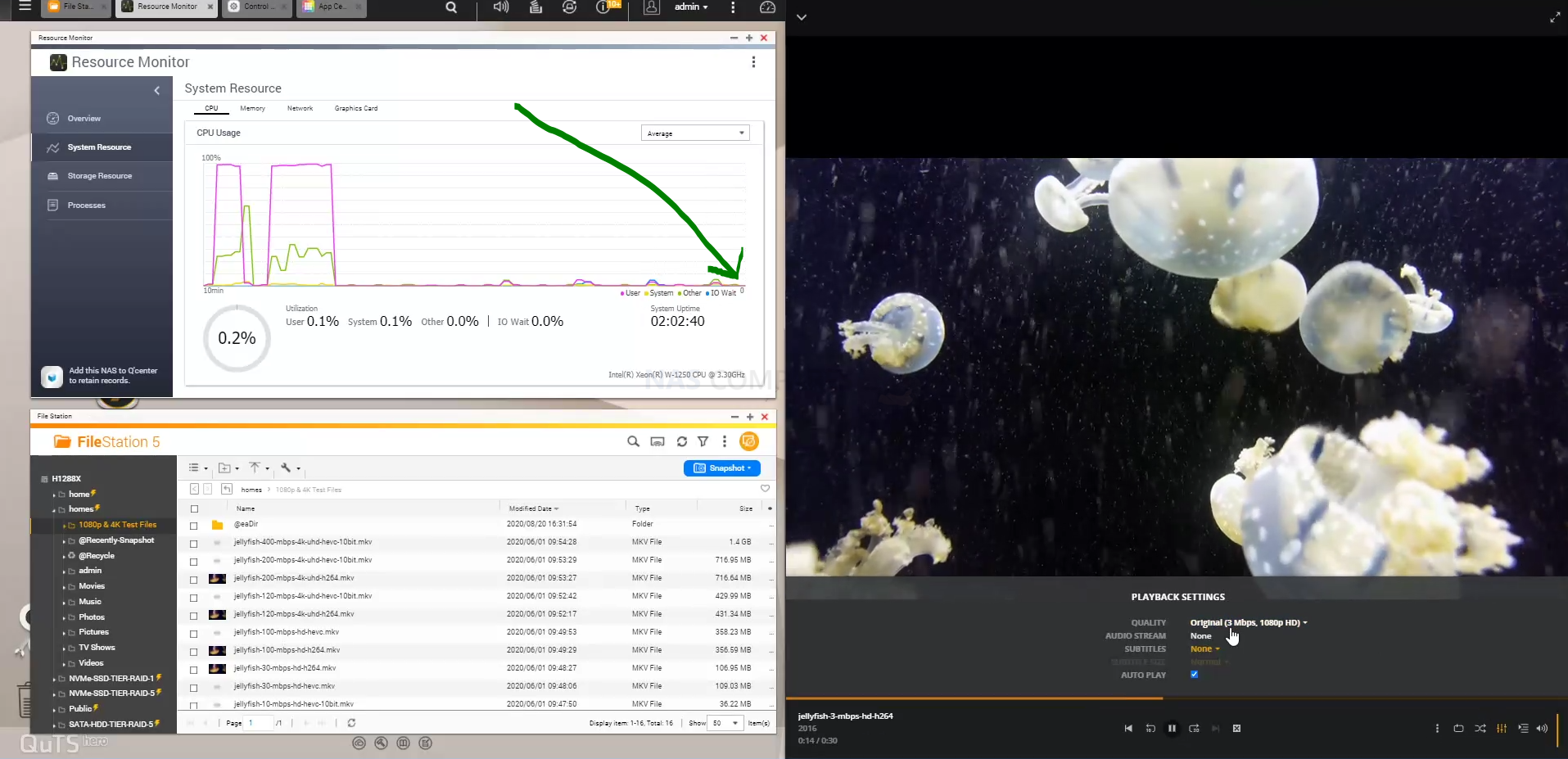
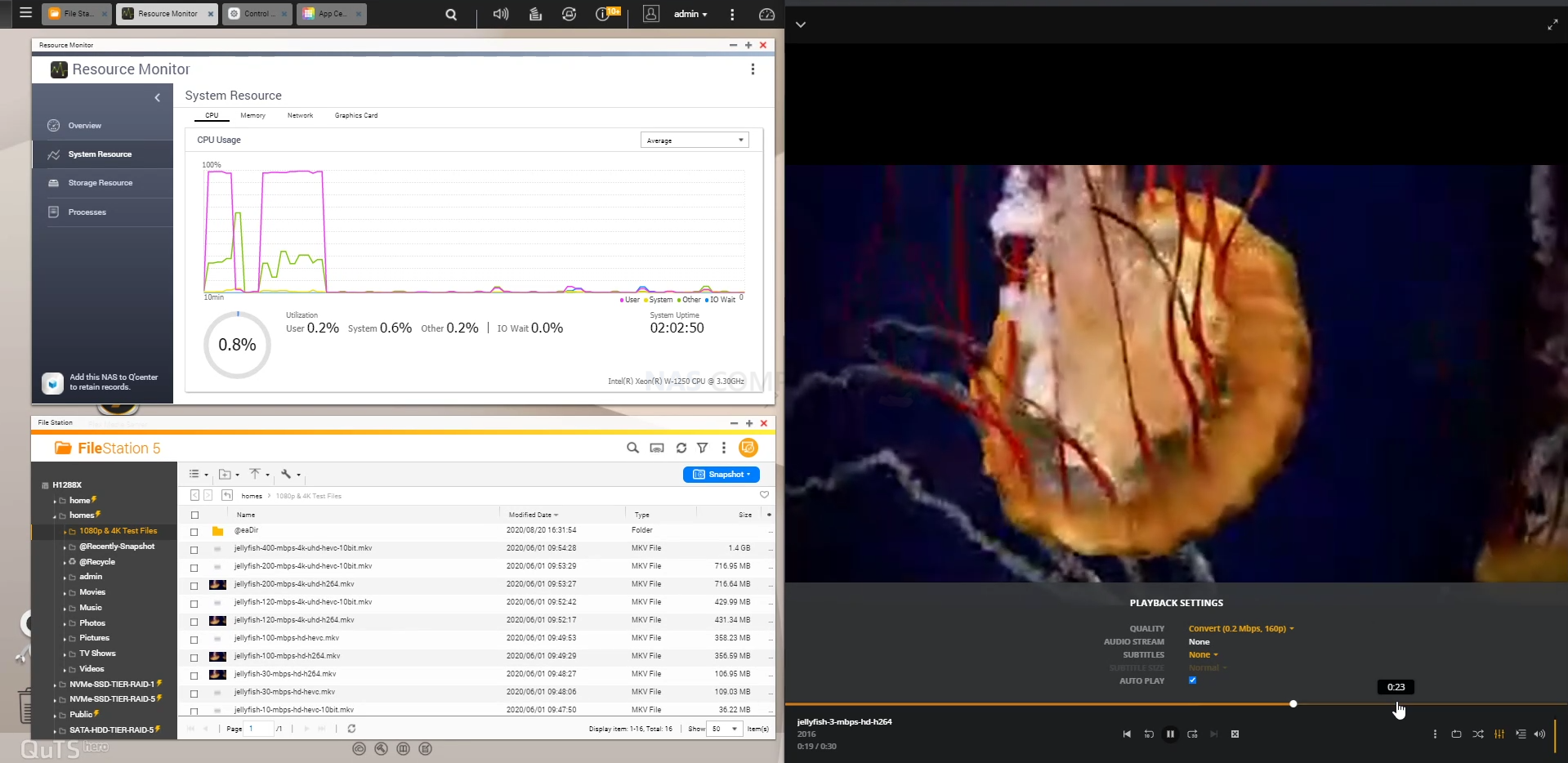
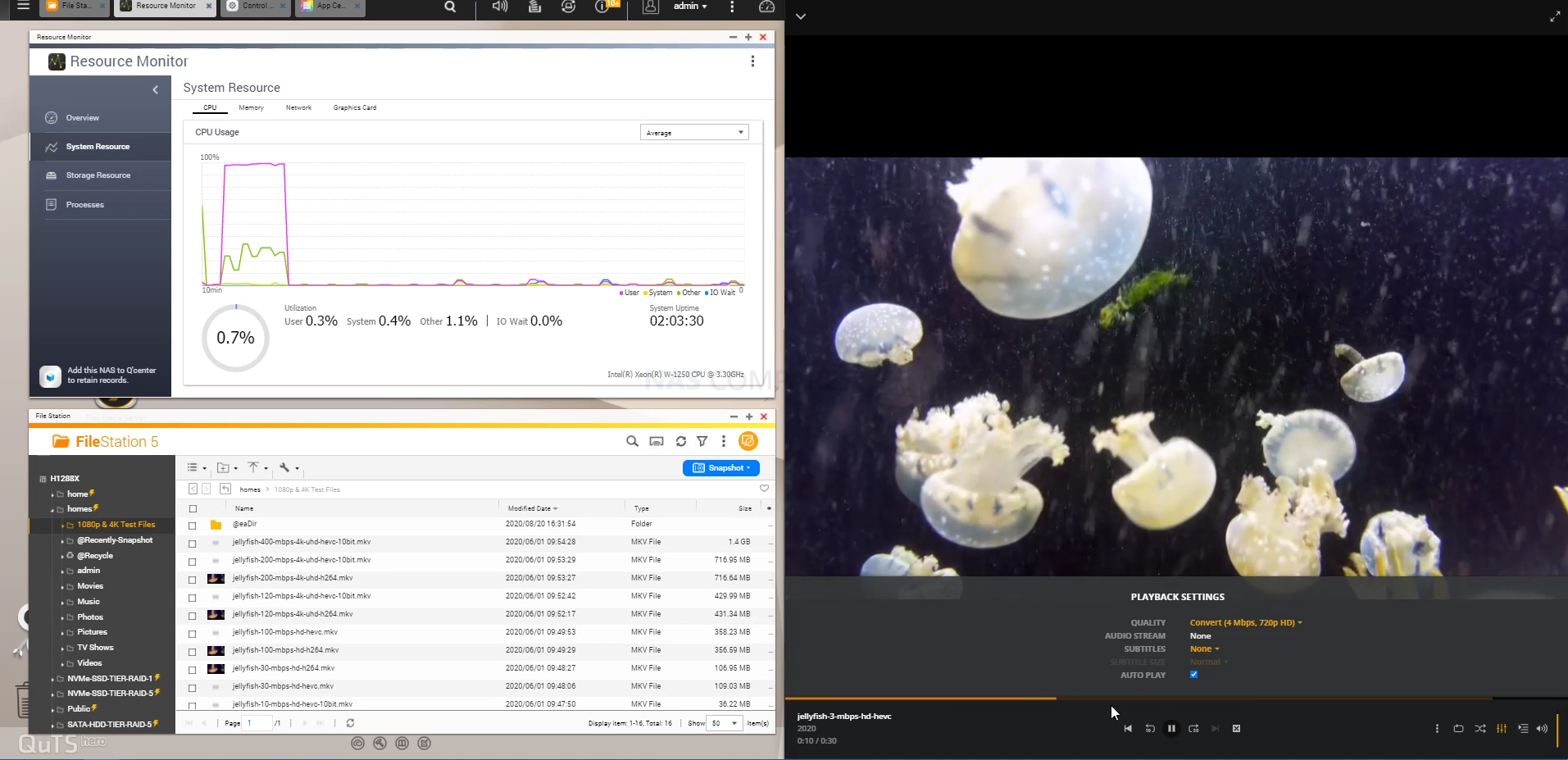
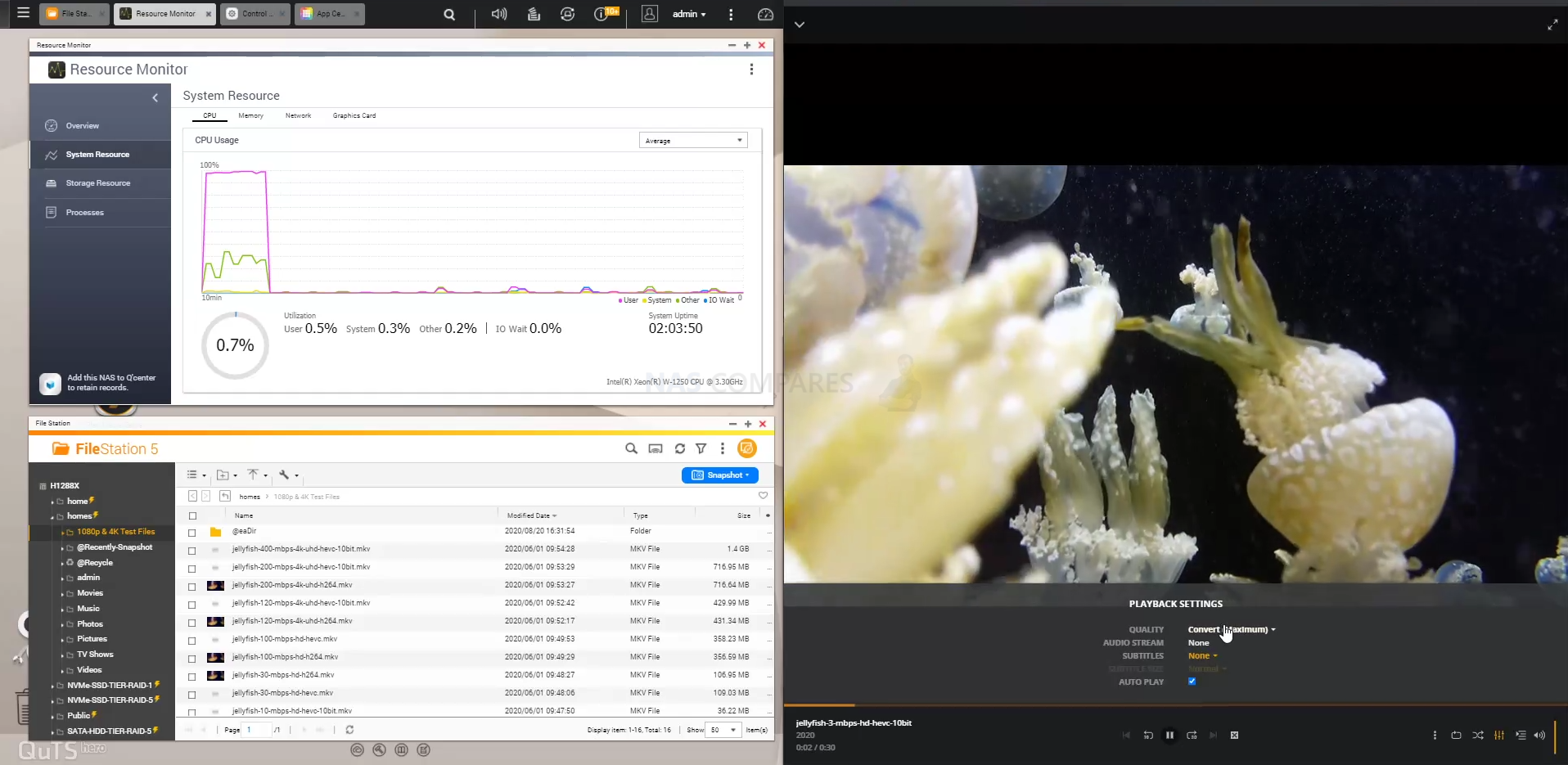
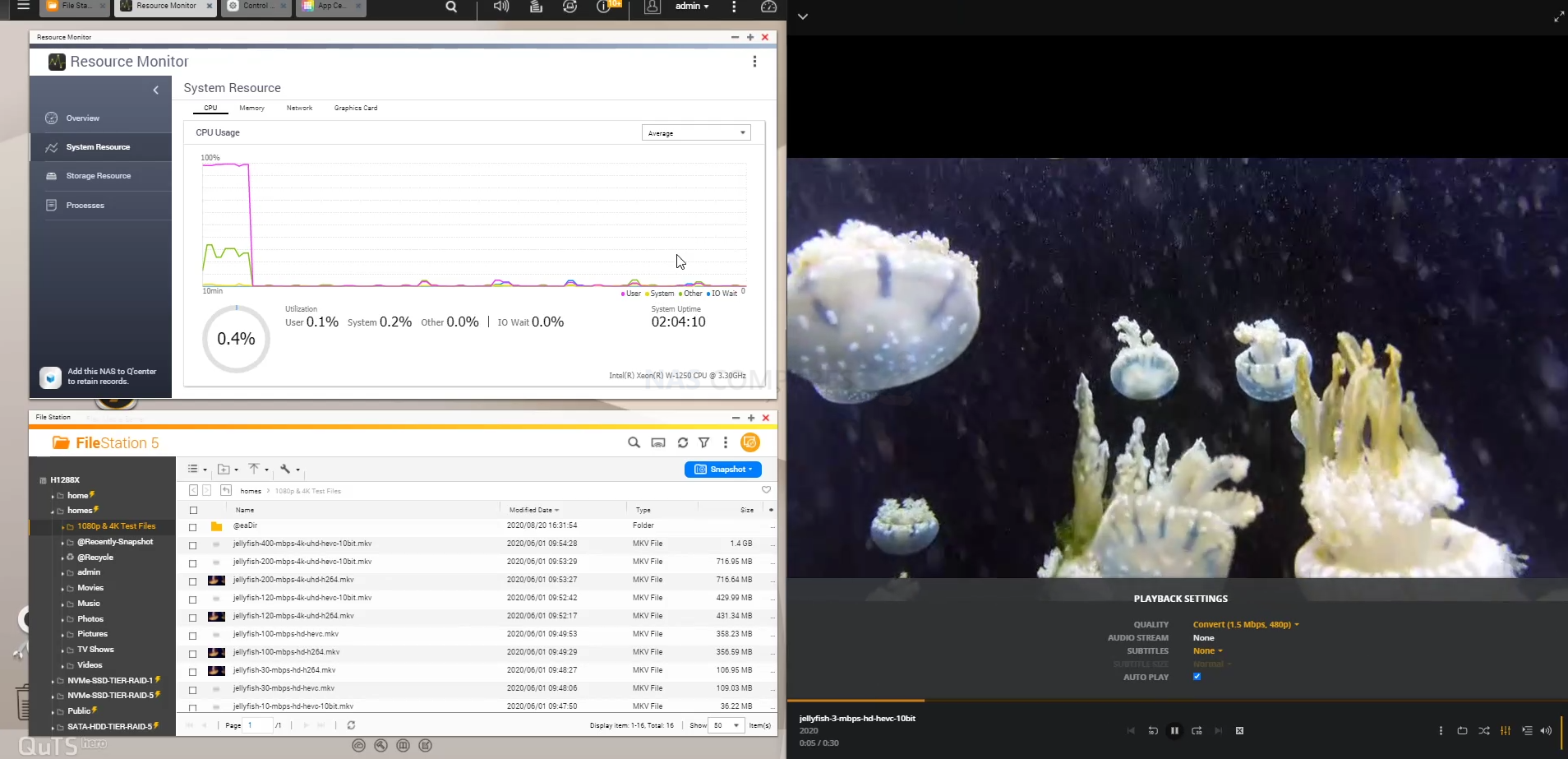
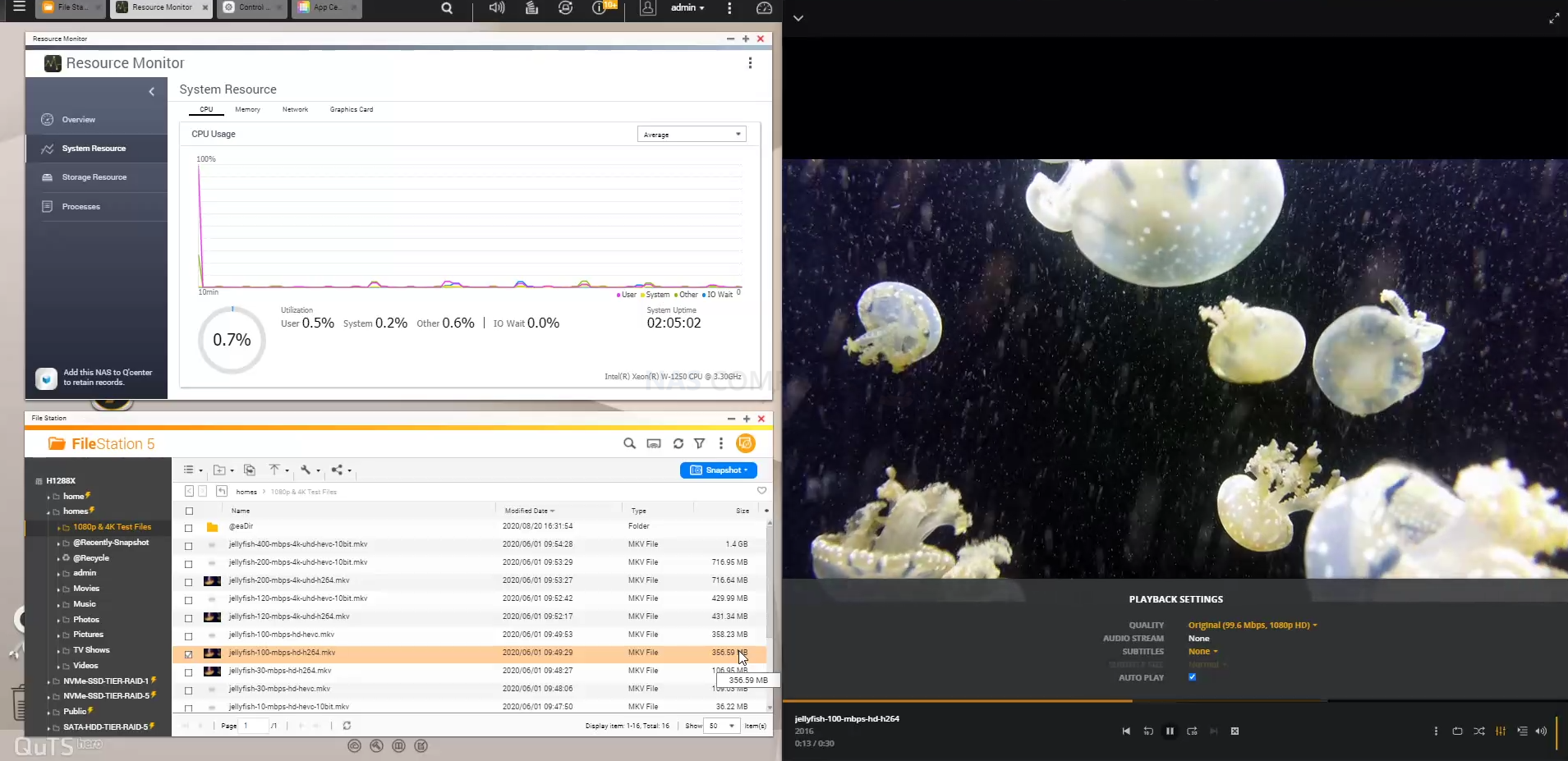

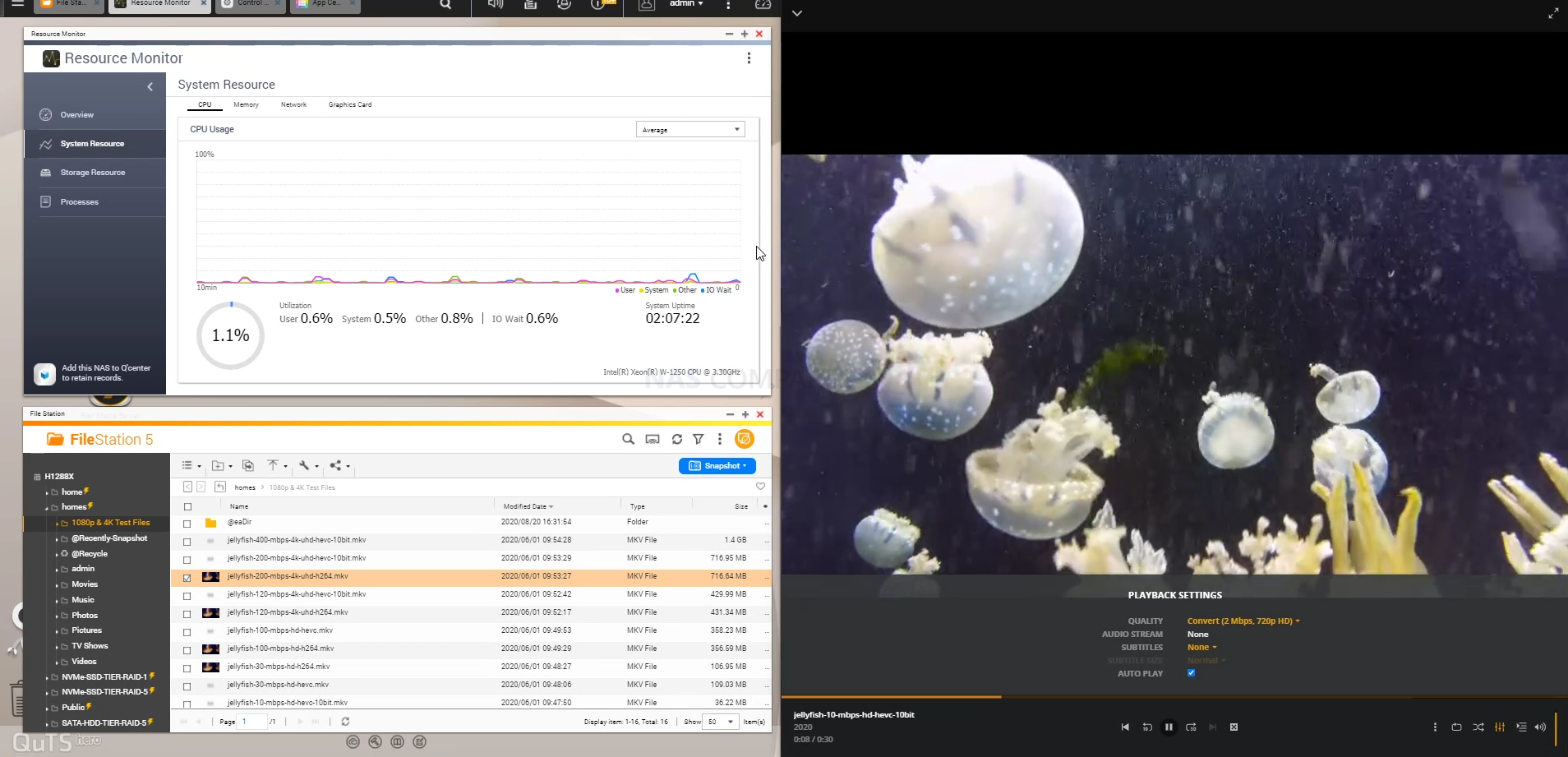
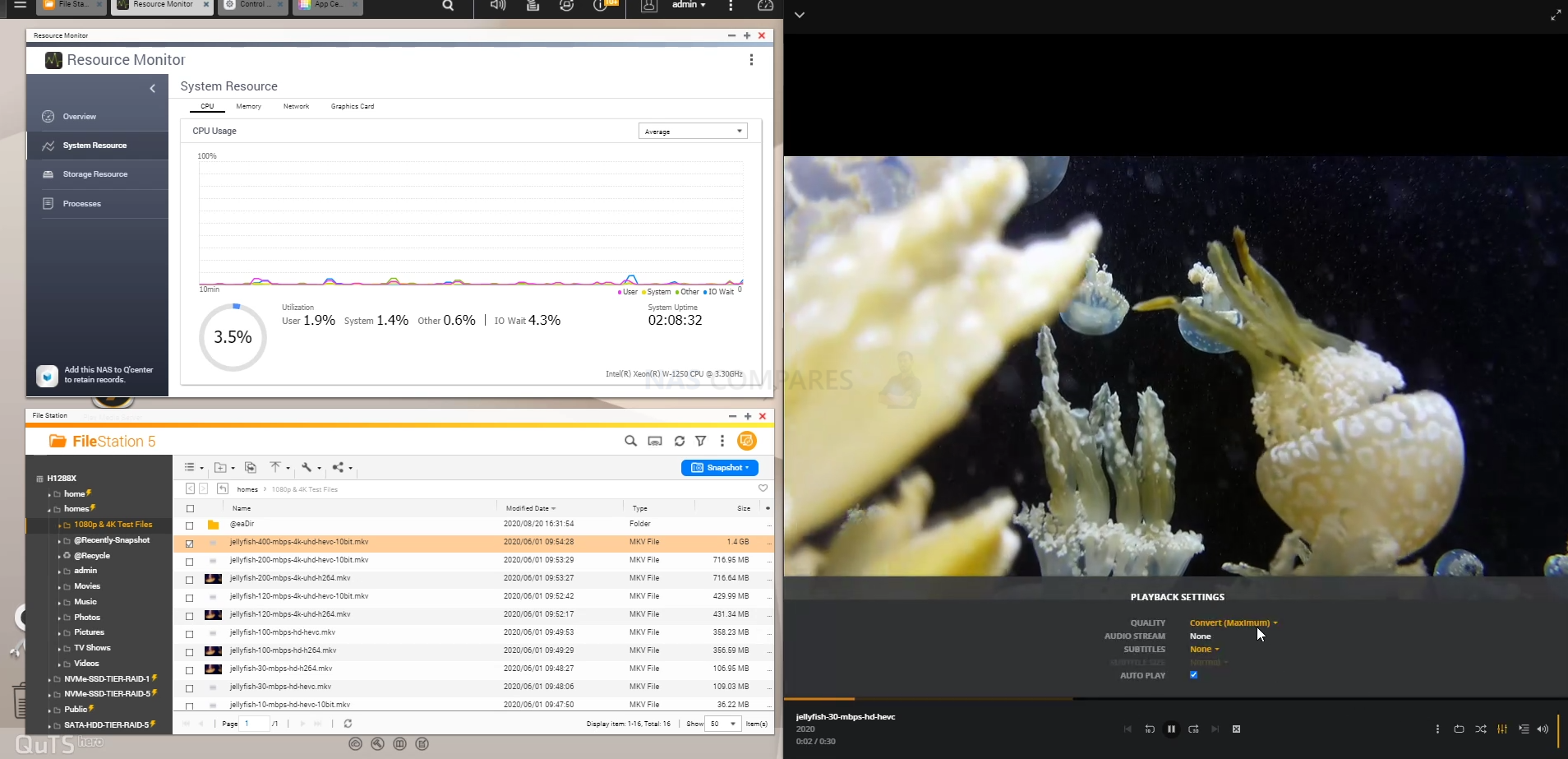
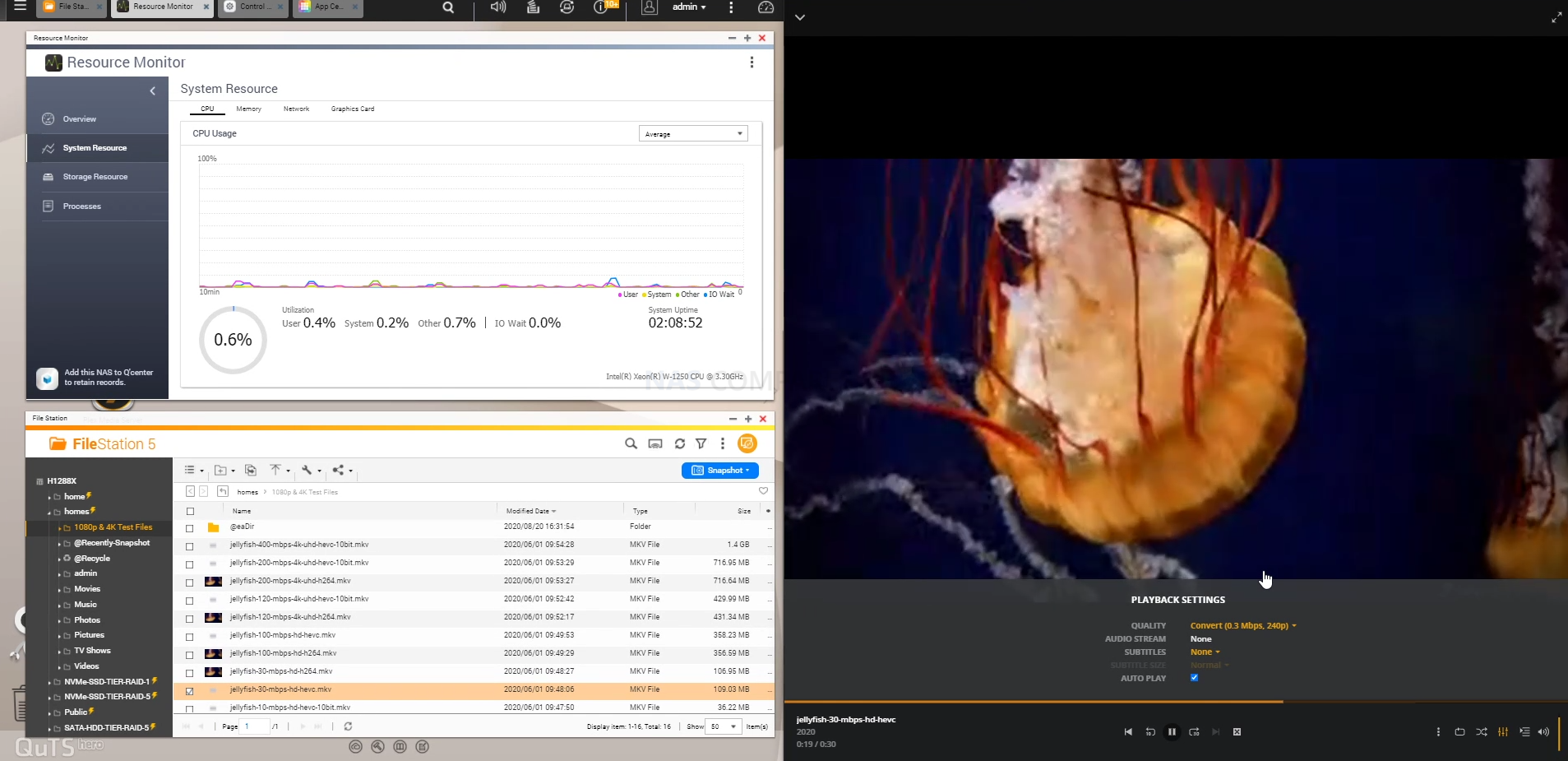
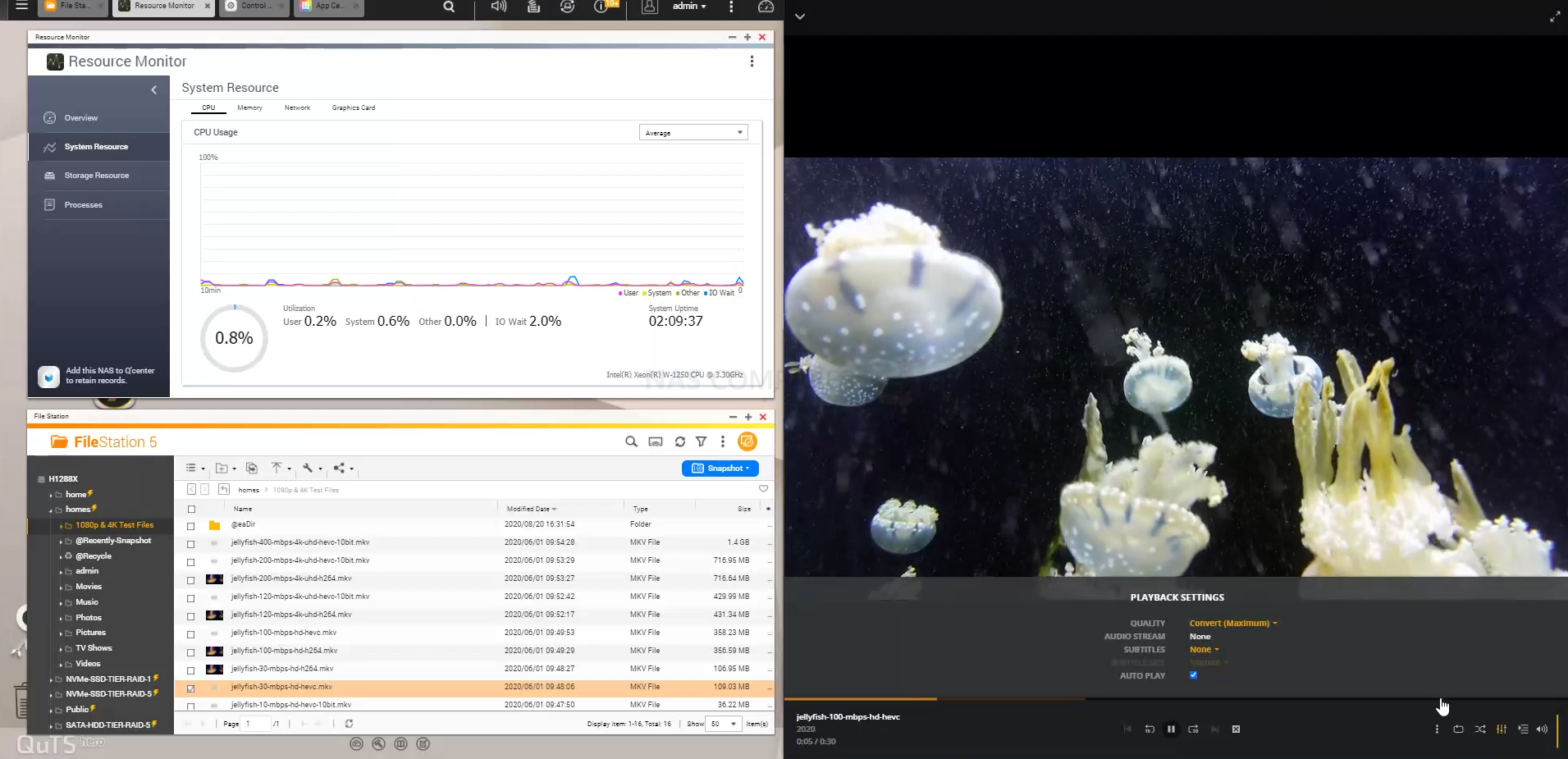
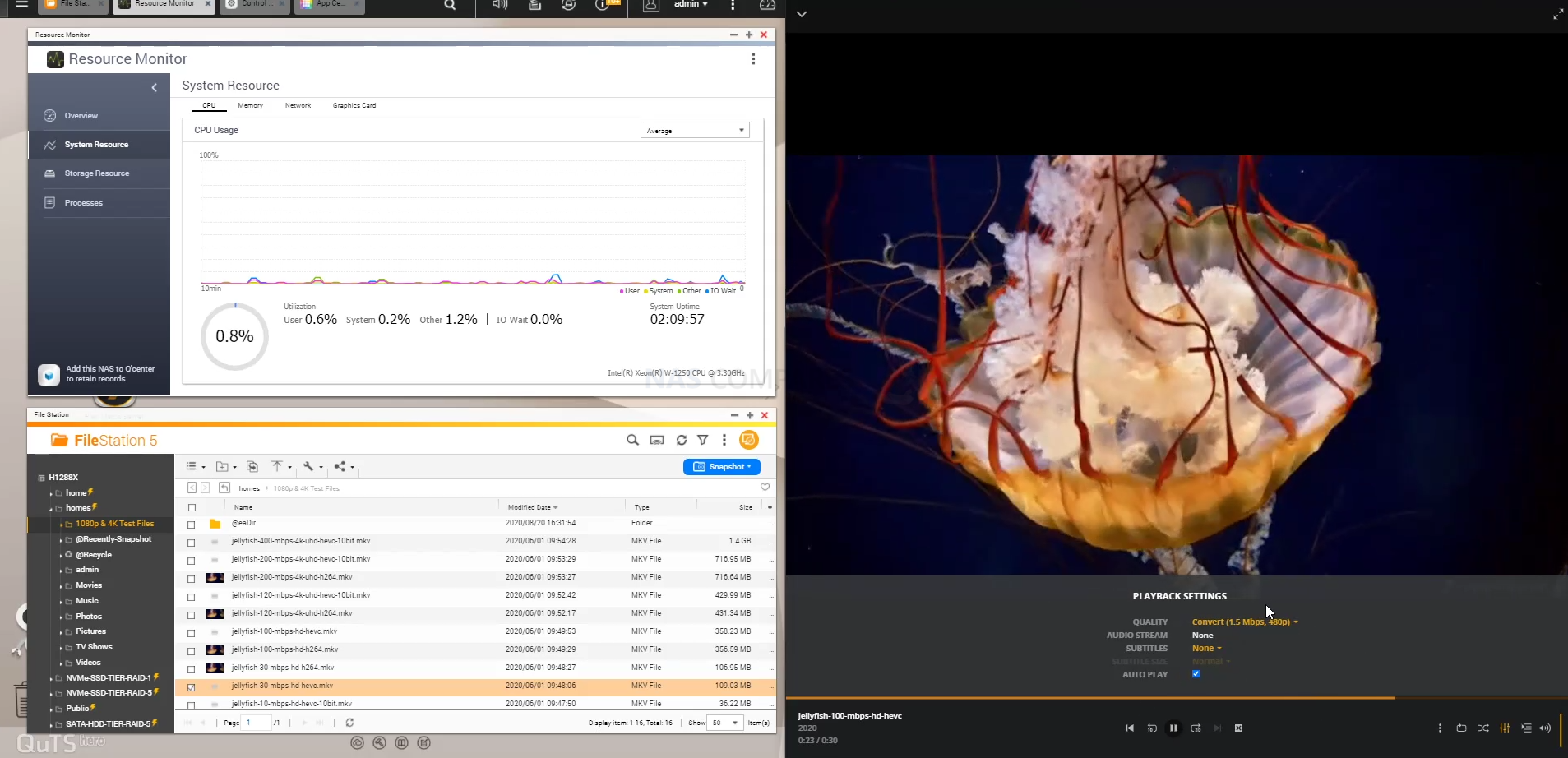
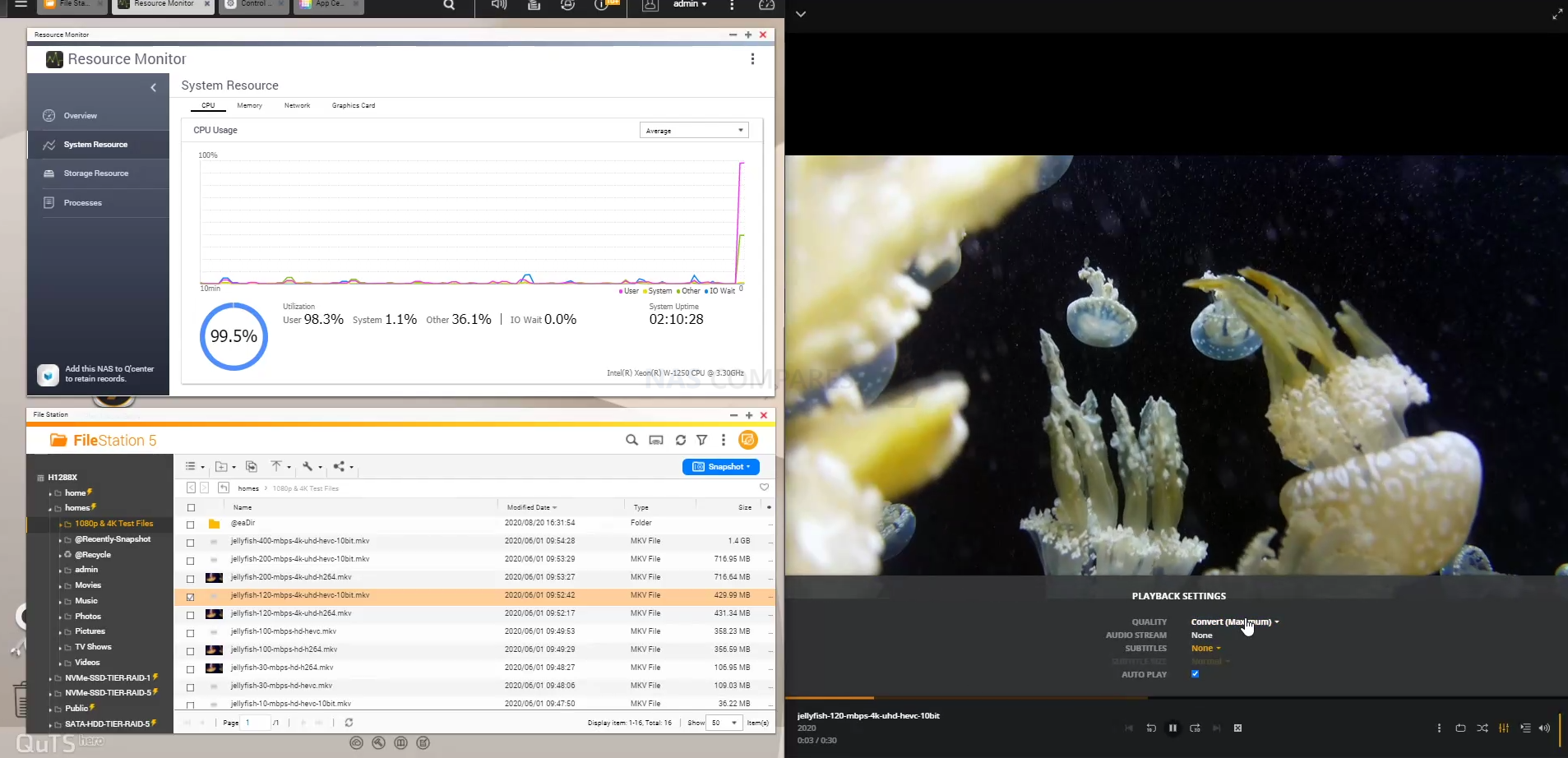
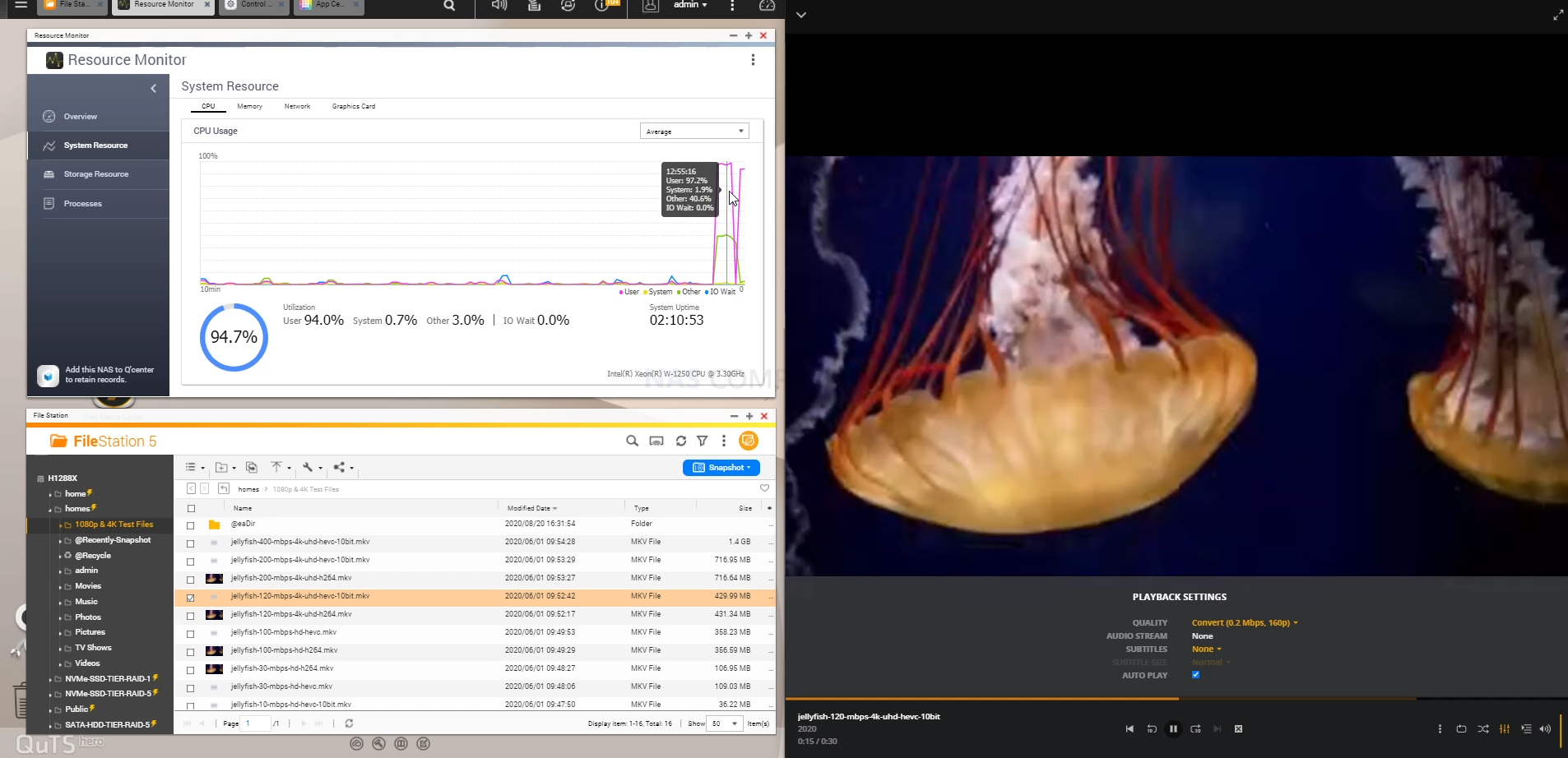
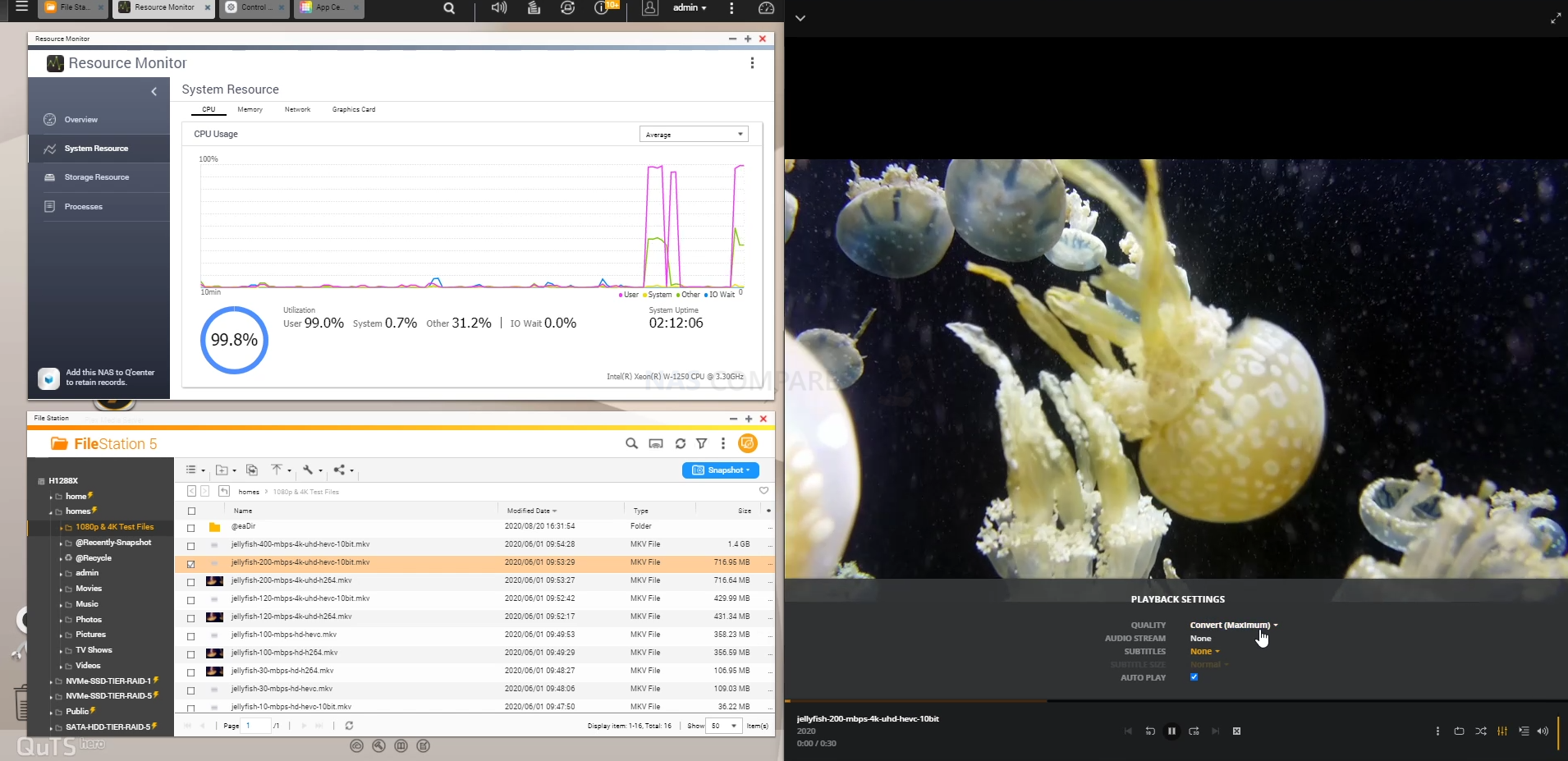
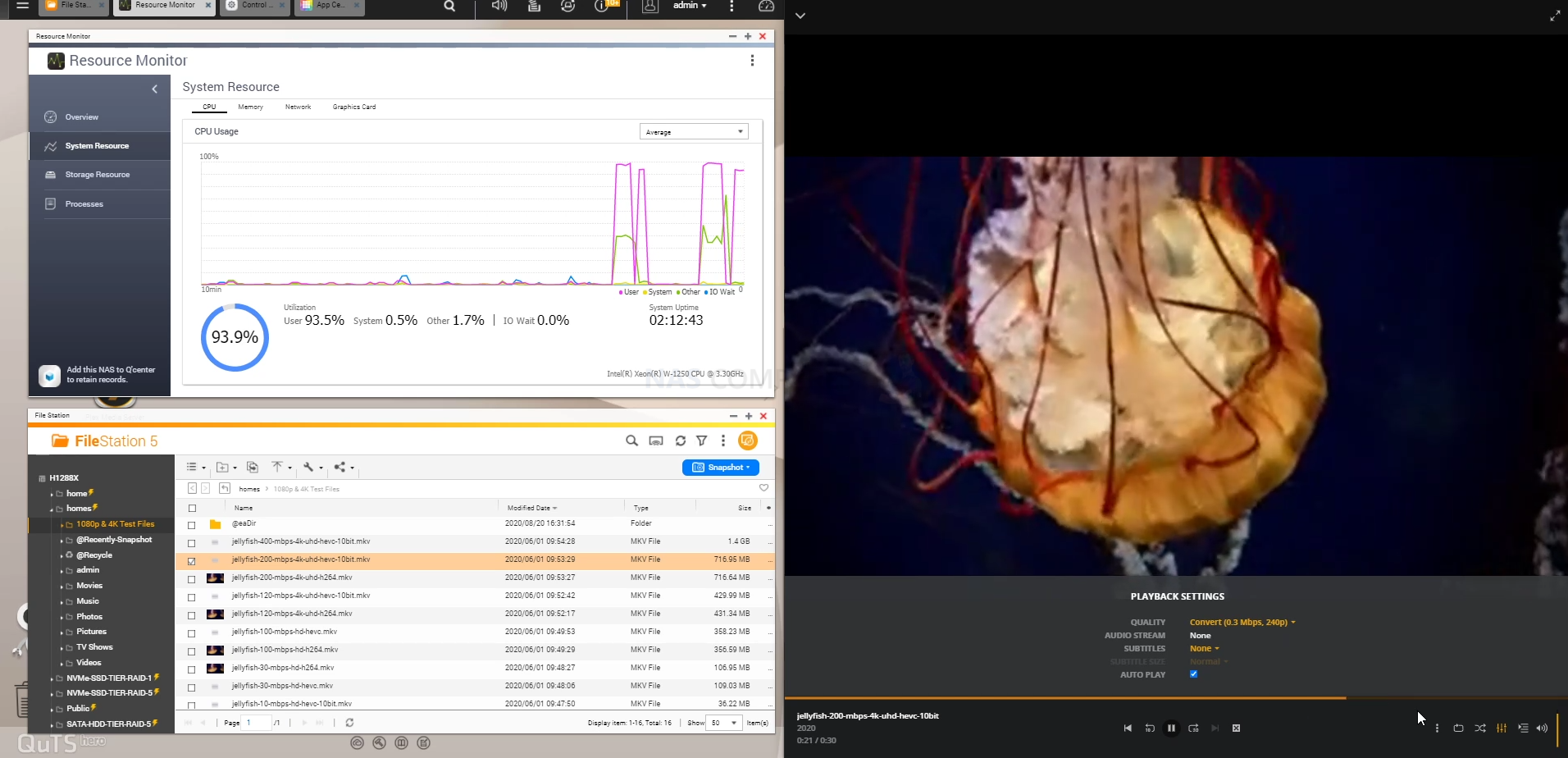
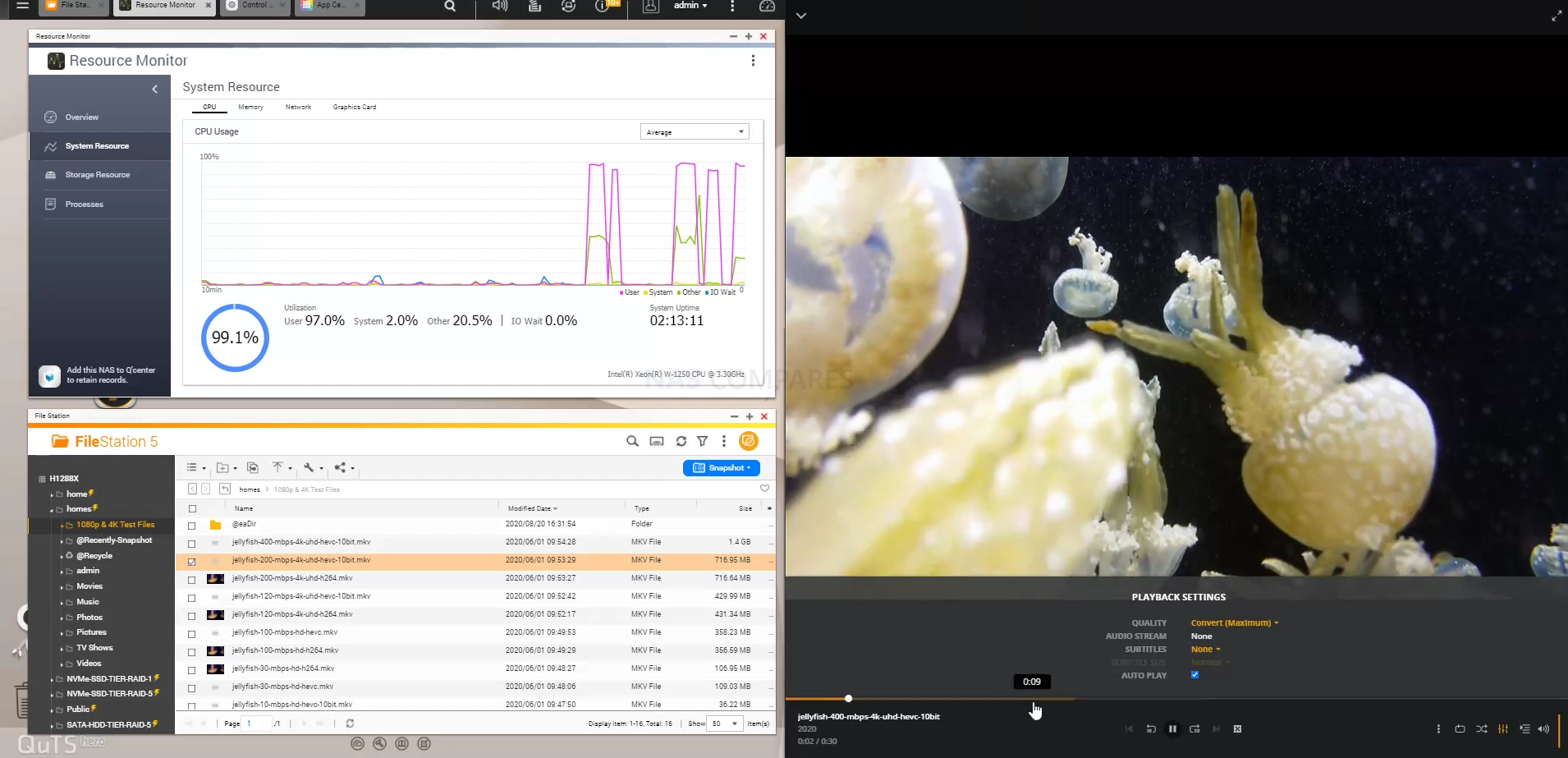
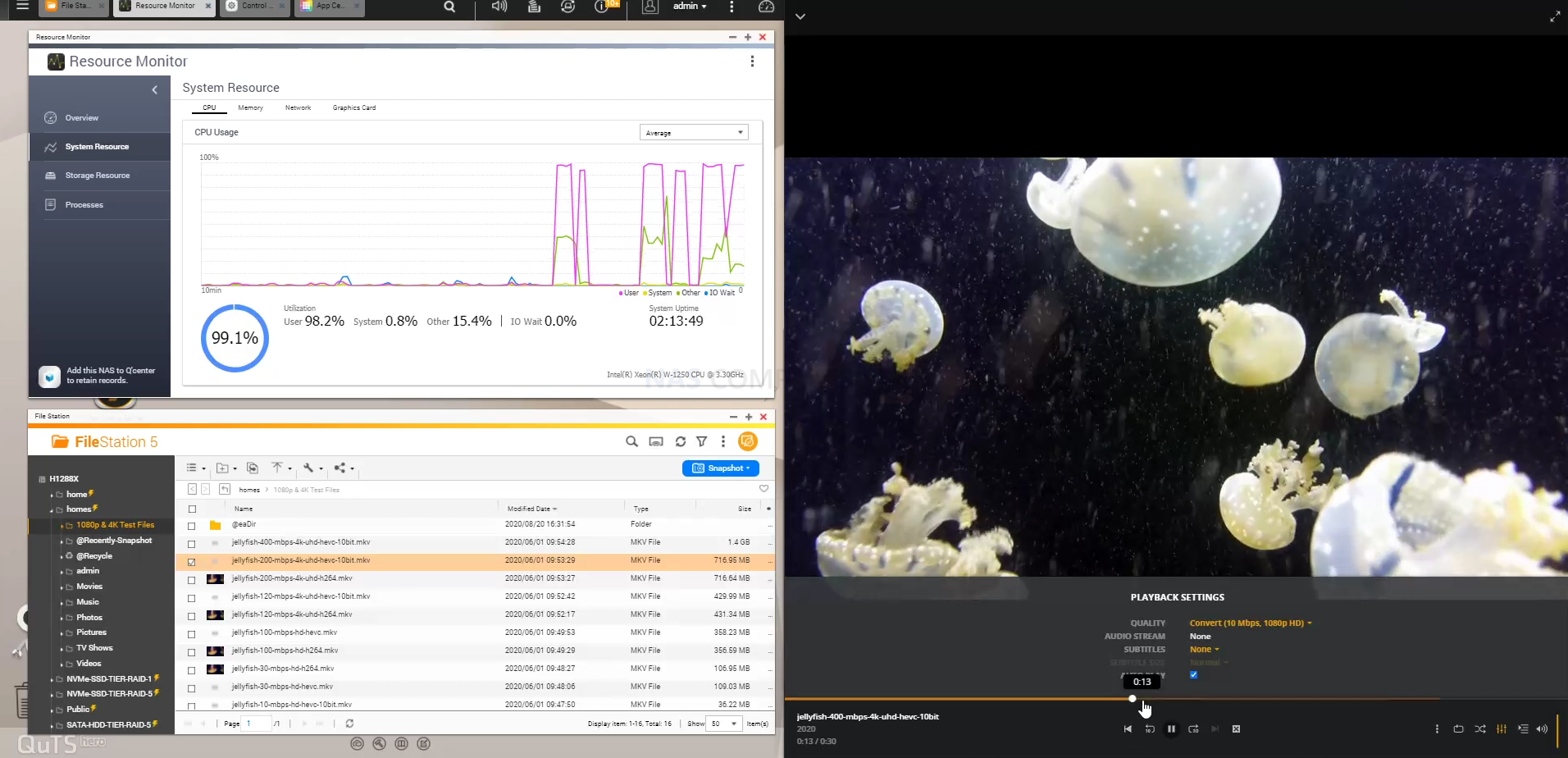
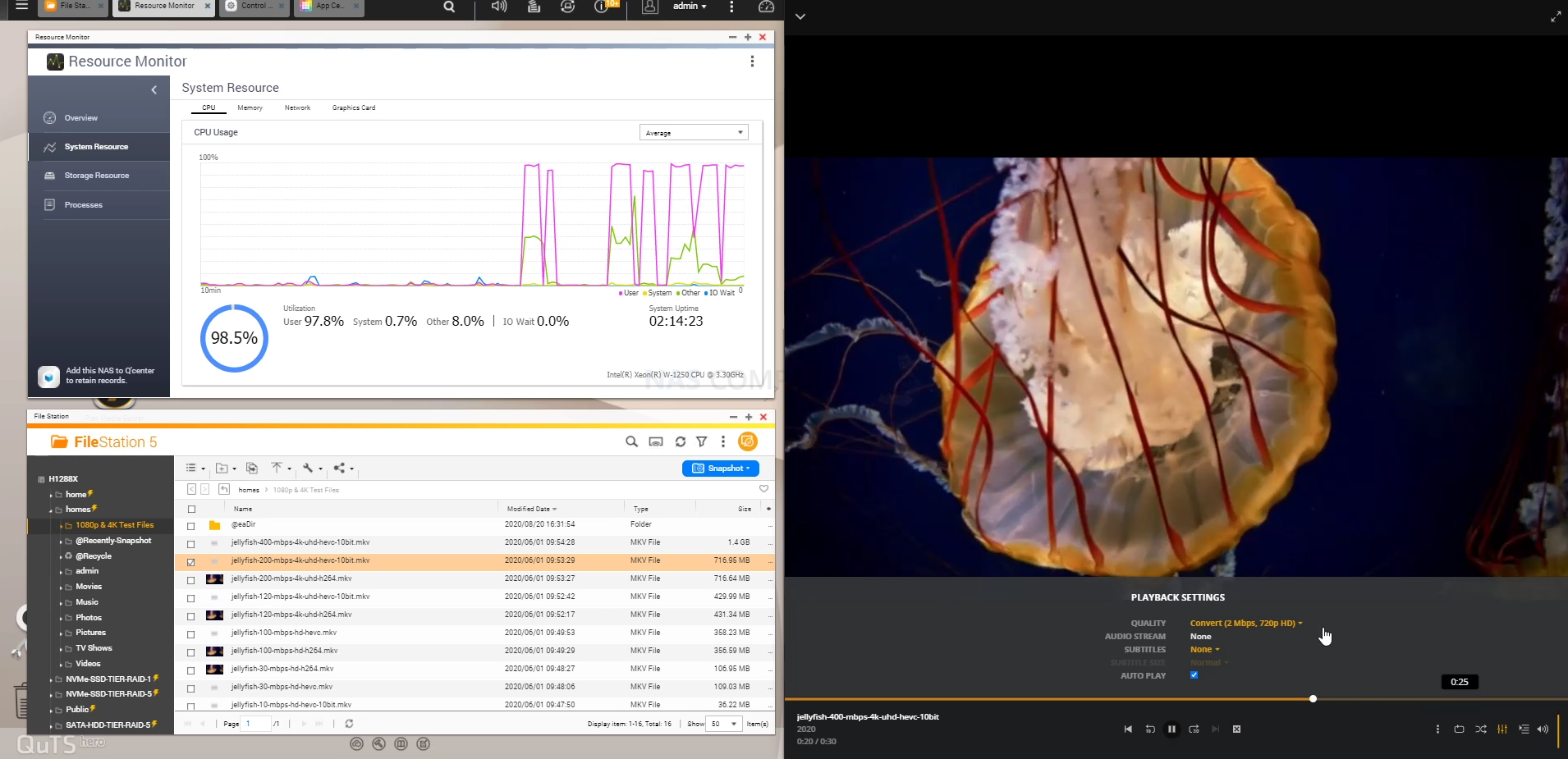
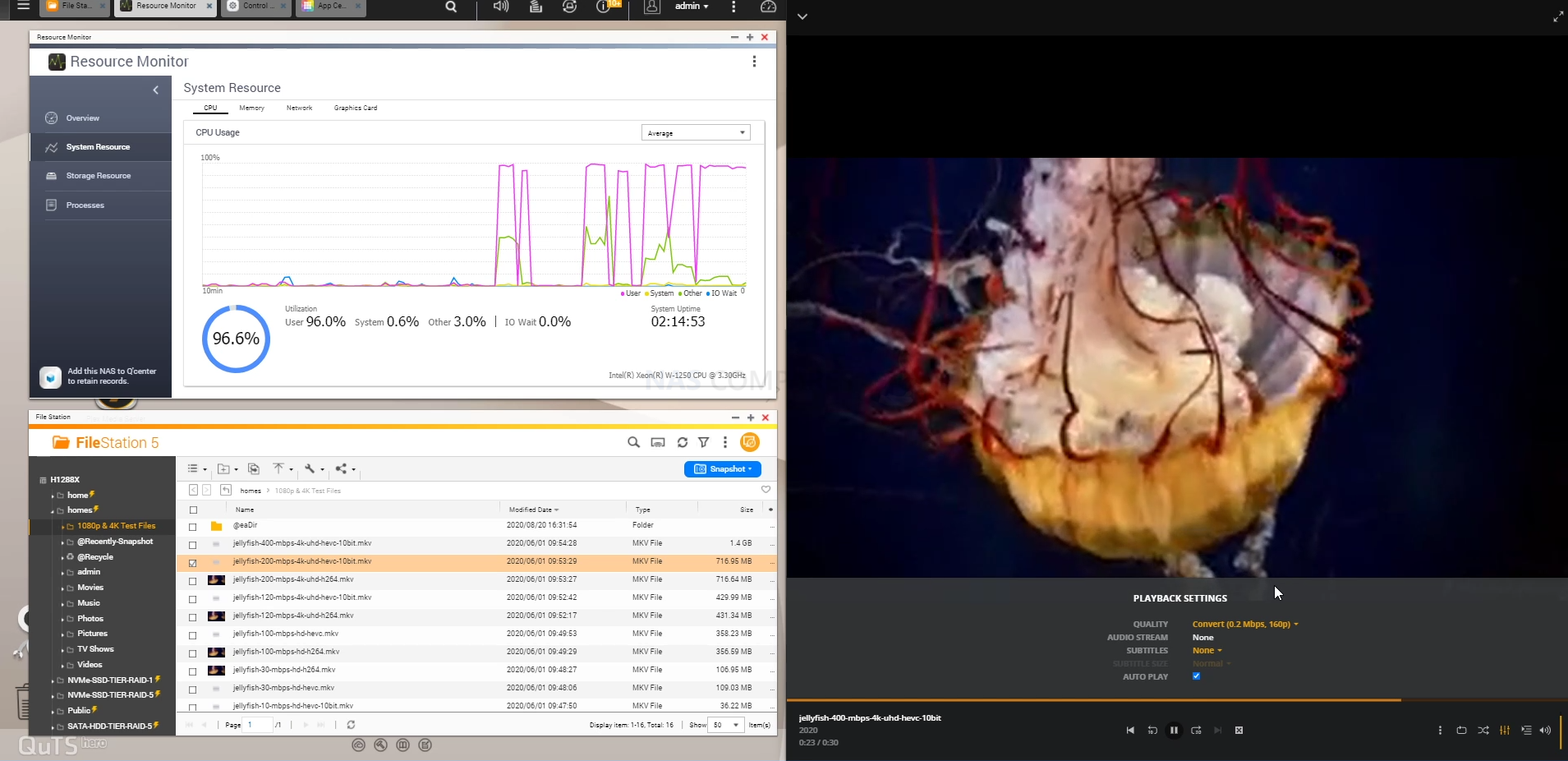
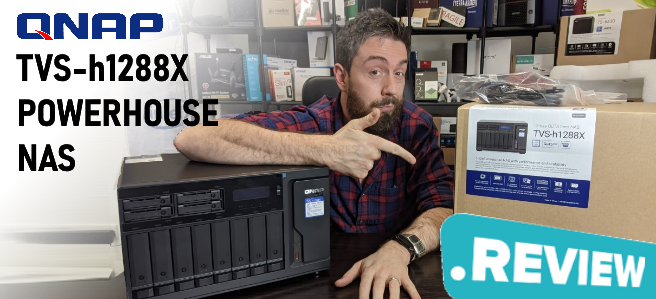



Thank You for the Info, you were helping me to understand from a place that could of taken my own guesswork, even though your knowledge is complex, you know what your talking about!
REPLY ON YOUTUBE
I have a bunch of DVD’s, some BlueRays that I want to download to a Plex server what is the best way and format to do that in?
REPLY ON YOUTUBE
Can you transcode on a Ugreen Nas?
REPLY ON YOUTUBE
Thank you for explaining this!
REPLY ON YOUTUBE
????????????????
REPLY ON YOUTUBE
Does this NAS run QTS if you choose rather than QuTS Hero?
REPLY ON YOUTUBE
You said “that V, very important” What does the V stand for/mean?
REPLY ON YOUTUBE
I hate that 90 percent of home media center related videos on this site are made by this unlikable ghoul.
REPLY ON YOUTUBE
Why the Plex laggy on TV?
REPLY ON YOUTUBE
I wish you could get jellyfin on this
REPLY ON YOUTUBE
so basically if i watch 4K mkv files from a nas on a 4K tv, there is no transcoding happening, thus the attributes of the nas is negligible ?
REPLY ON YOUTUBE
We are living in 2022 now. The DS920+ haves transcoding. The DS923+ does not have transcoding.
But I am not a heavy watcher. Do I still need transcoding?
REPLY ON YOUTUBE
what memory is compatible?
REPLY ON YOUTUBE
Apparently the loudness level of this device is rated as just under 26dB (A) – that’s not very loud, contrary to what the reviewer is implying
REPLY ON YOUTUBE
you have plex installed on the nas or the pc?
REPLY ON YOUTUBE
Question?
So if I rip 4K uhd blu rays to a synology nas and play it using a pc,Apple TV 4K and phone. Do I have to worry about transcoding? And will i worry about transcoding if I were to rip older disneys dvd tbat are 720p or 1080p
REPLY ON YOUTUBE
Hello, sir. You seem to be very up on the game here. Can you please reply to this: what’s the thickest 2.5″ drive the bay will hold on this device? Thank you.
REPLY ON YOUTUBE
Thank
REPLY ON YOUTUBE
Purchased and can’t wait
REPLY ON YOUTUBE
Awesome love the detail you go into. Thanks
REPLY ON YOUTUBE
Will the h1288x nvme slots support sabrent 8tb rocket drives?
REPLY ON YOUTUBE
Hello, I have a TVS-1282T3 with bay 1 that is failing. Whatever drive i put in Bay 1, when I reboot, goes missing, until i pull the drive and put it back in, at which point it gets detected again and rebuild, UNTIL I reboot the system and bay 1 goes missing again. I thought this was the hard drive but I’ve replaced the drive several times and it does appear to be the bay drive.
My TVS-1282T3 is out of warranty for hardware
Since the TVS-H1288X is a 2020 model, is this still the upgrade to the TVS-1282T3 STILL the upgrade or is there another one I should be looking for?
I am using my QNAP for PLEX
Thank you
REPLY ON YOUTUBE
This NAS is not selling for $2,800. ???? and to think it was expensive when the initial price was $2,000.
REPLY ON YOUTUBE
I heard so many issues with qnap I considering the qnap but I’M hearing so many bad things disconnected alot hardware and software issuess I dont know which direction synology with there locked hardrives? so I’m not what diection to go with
REPLY ON YOUTUBE
If you look at Qnap’s switch offerings, they seem to favor SFP over 10baseT connections for 10Gbe. Why then is this NAS equipped with 10BaseT copper 10Gbe and not SFP? Why not at least offer the option since the 10Gbe is obviously an add-in card?
REPLY ON YOUTUBE